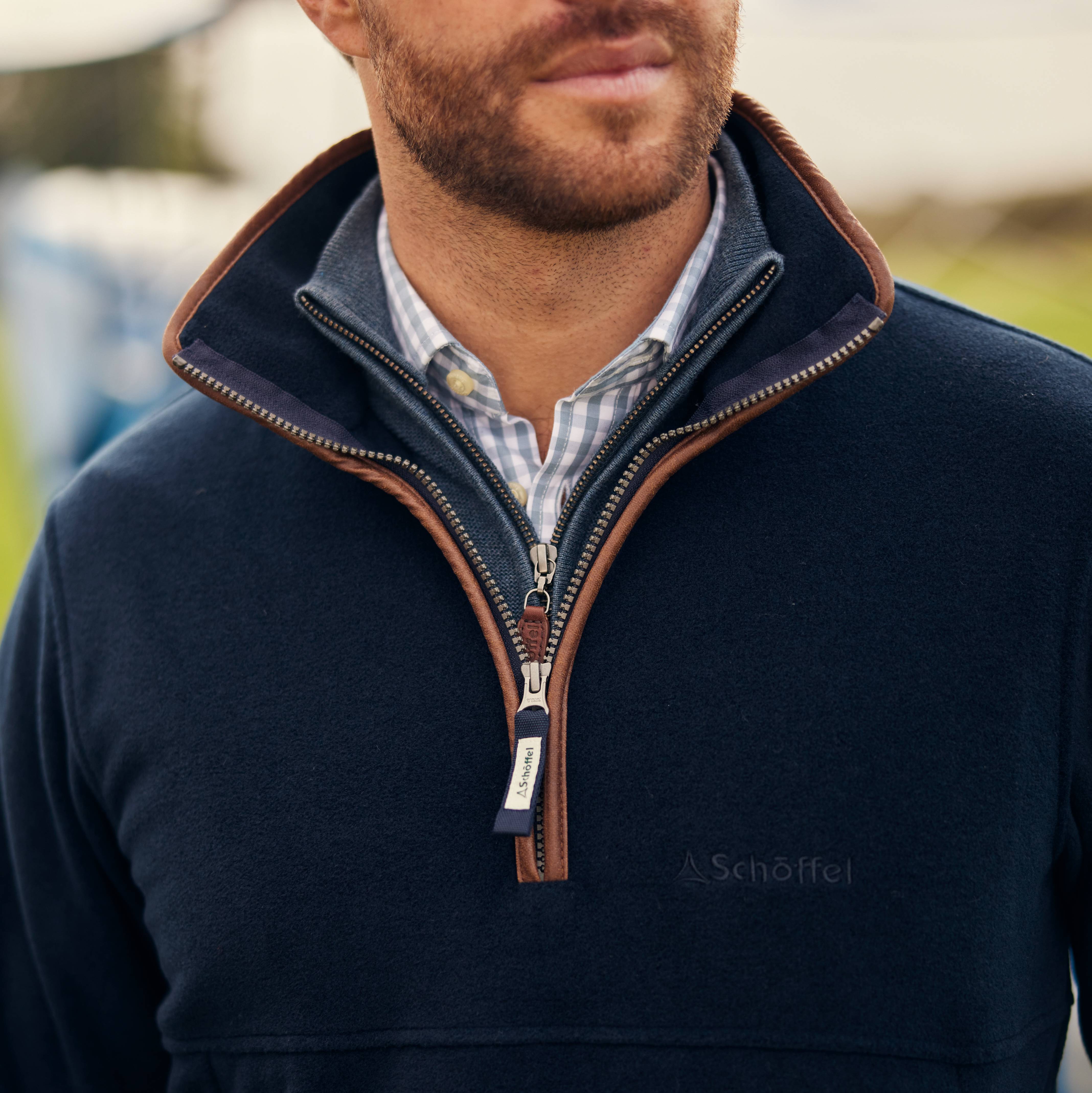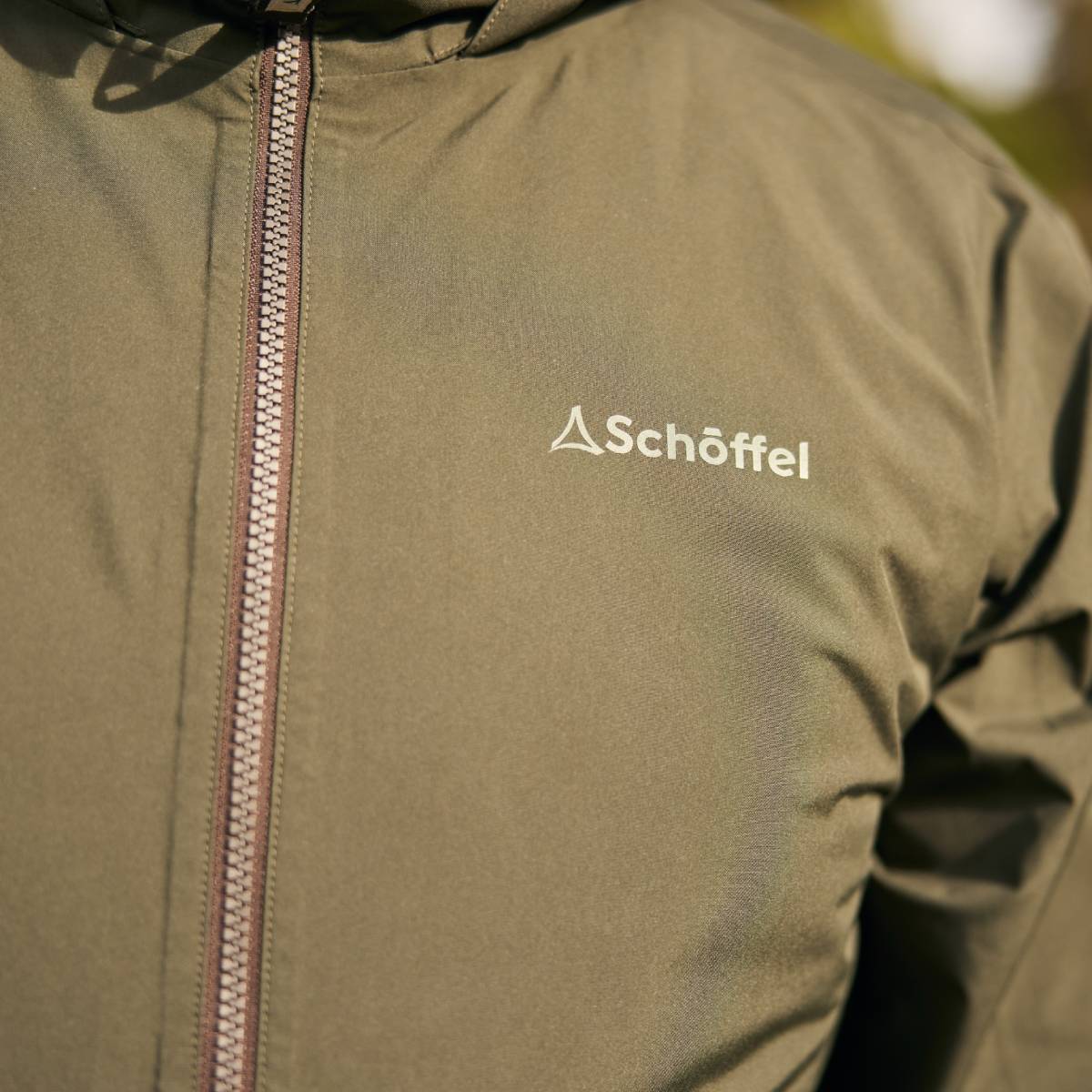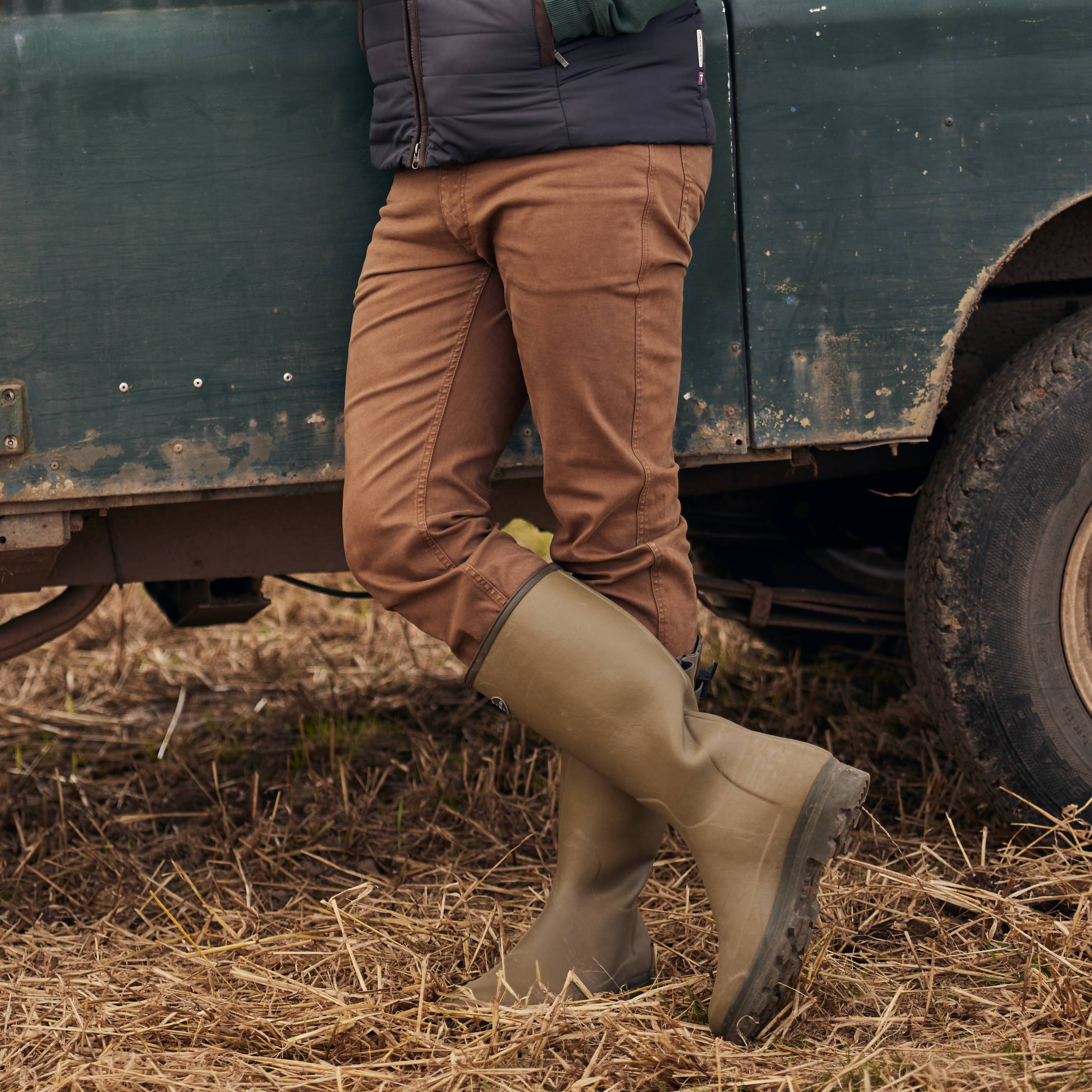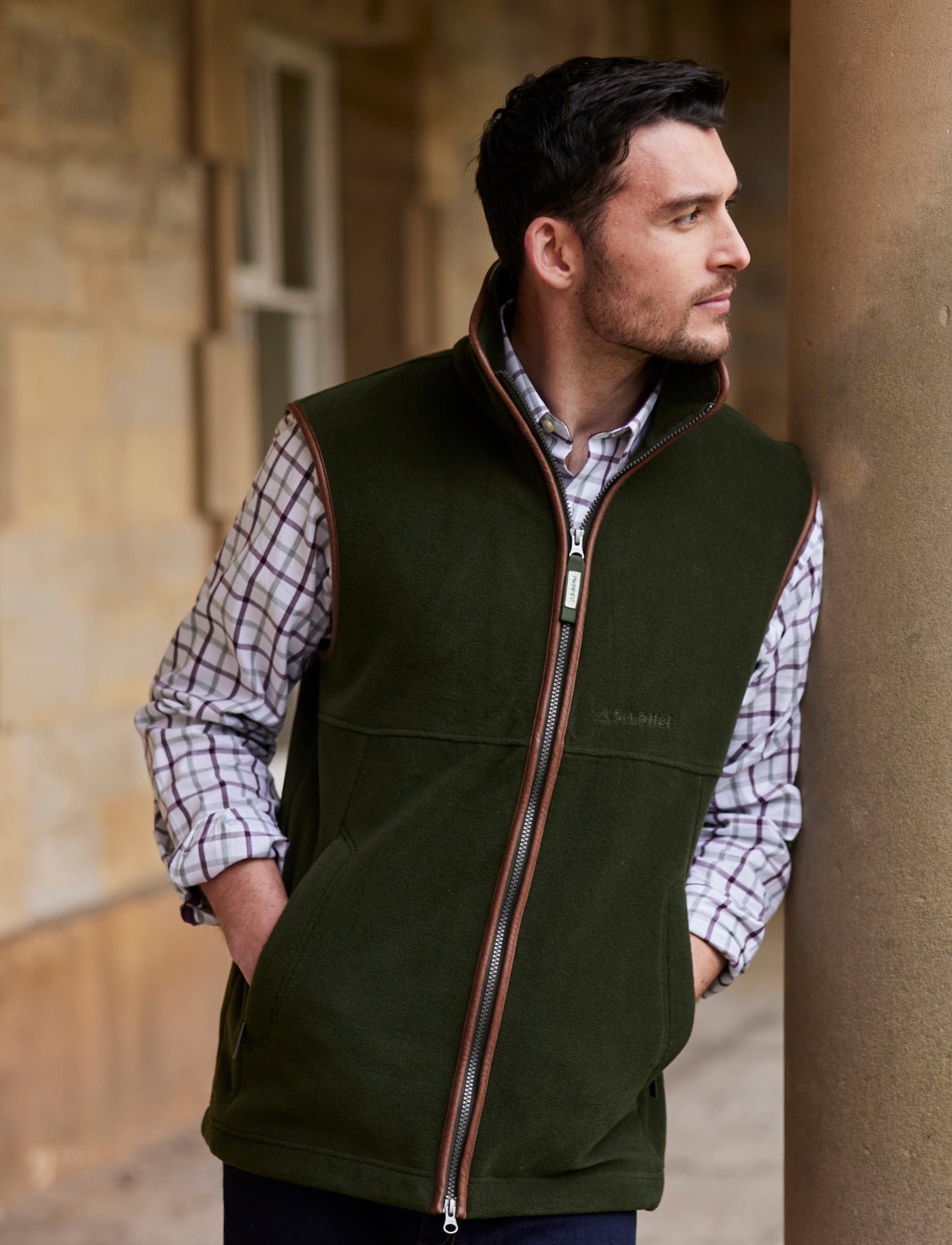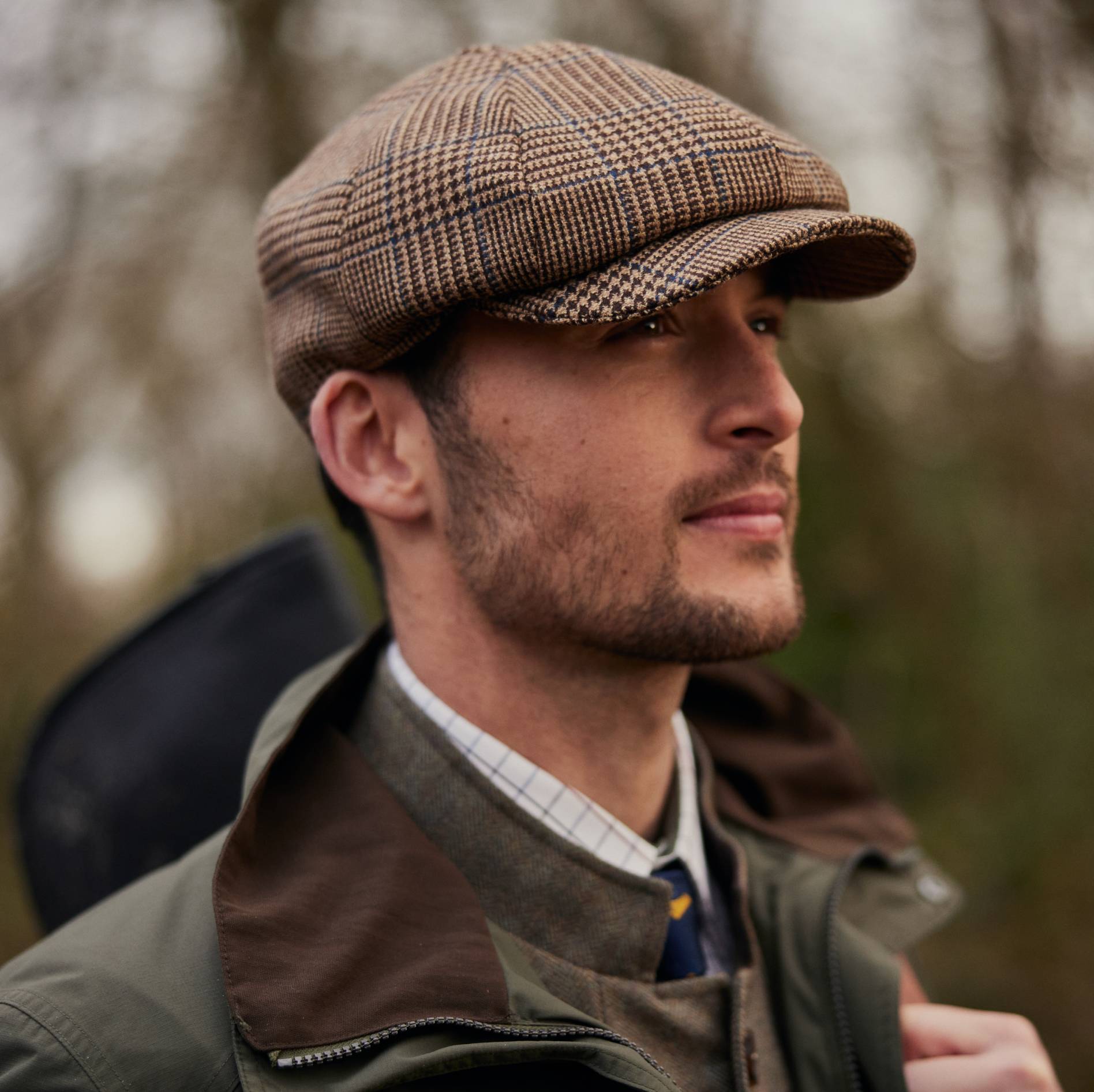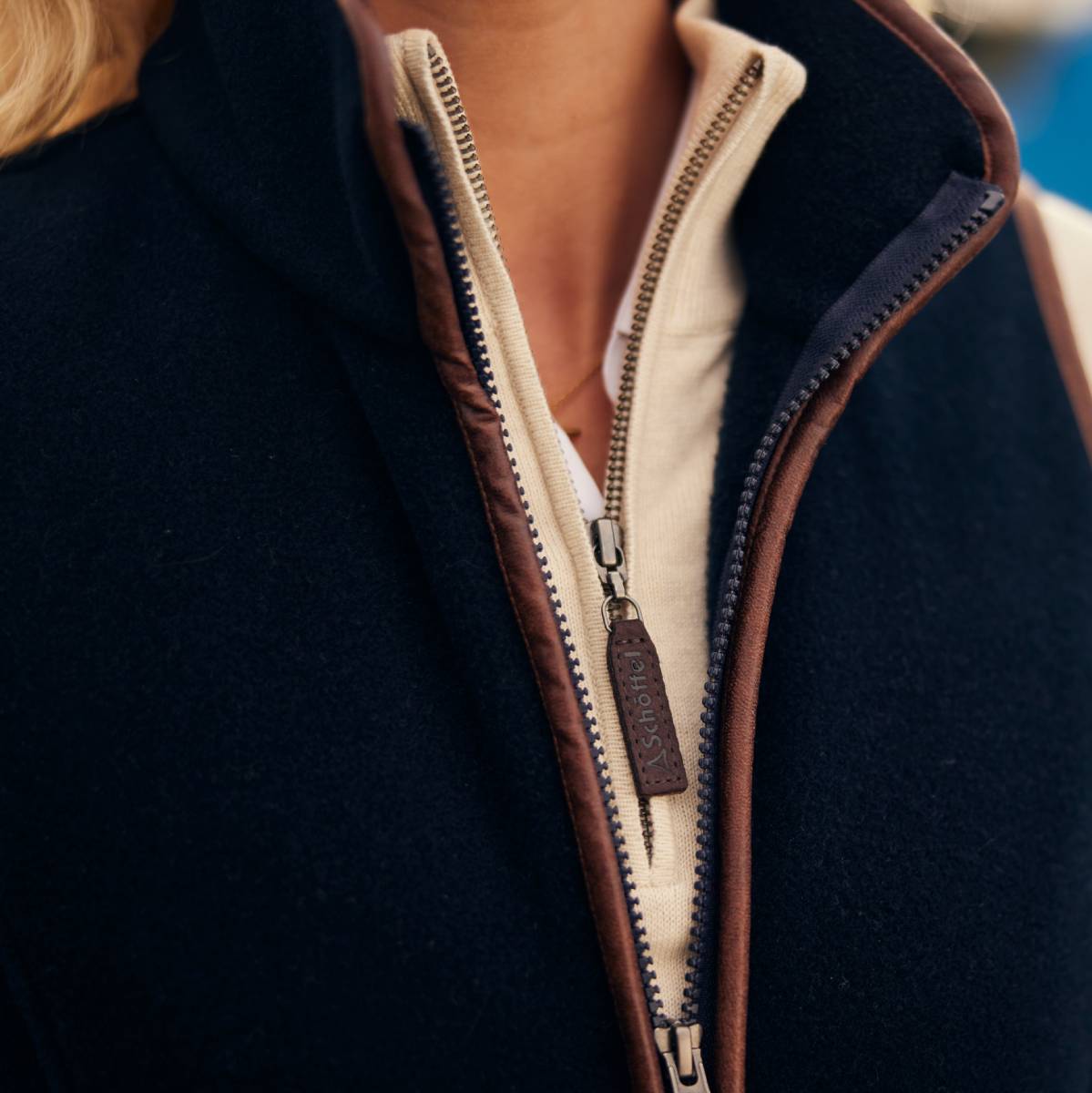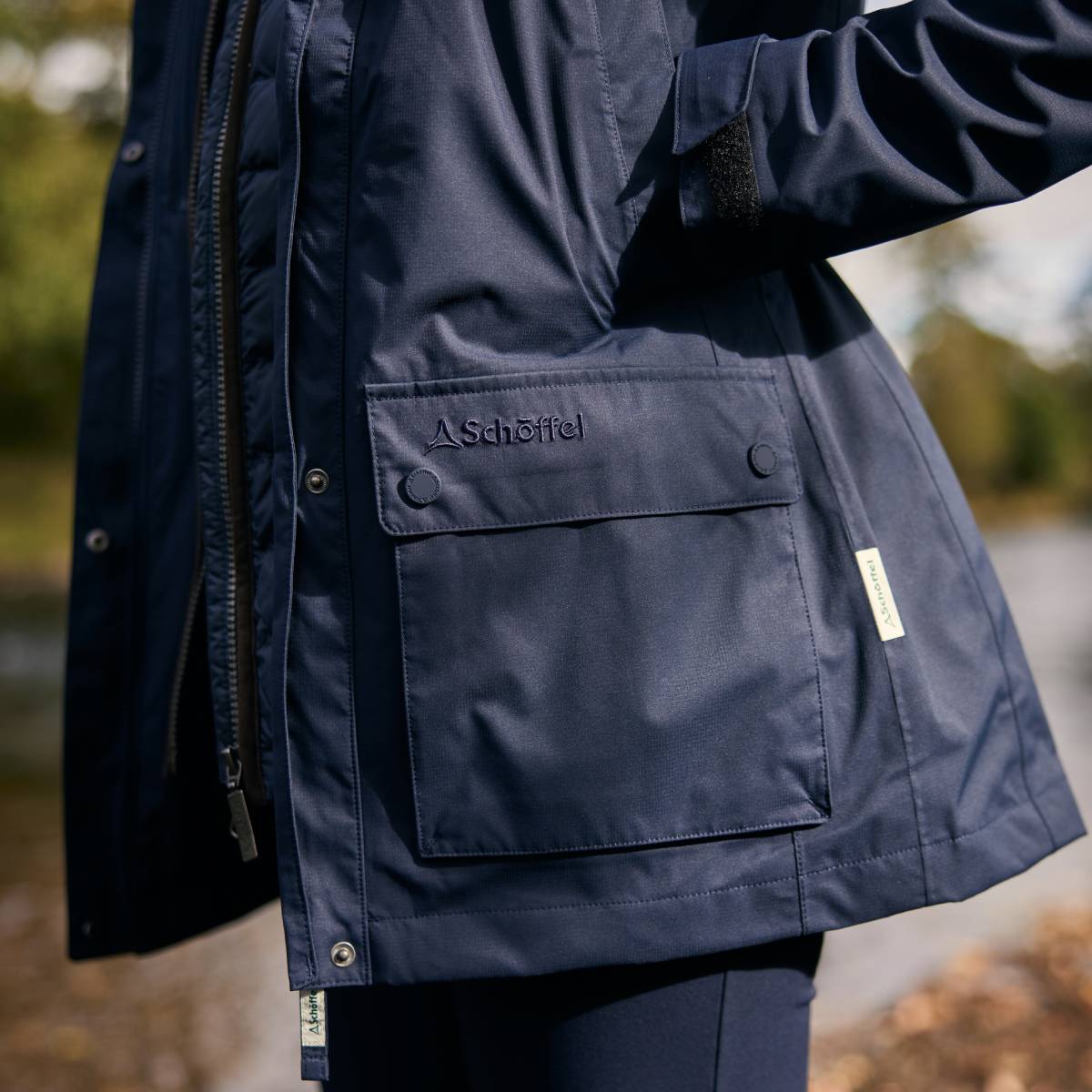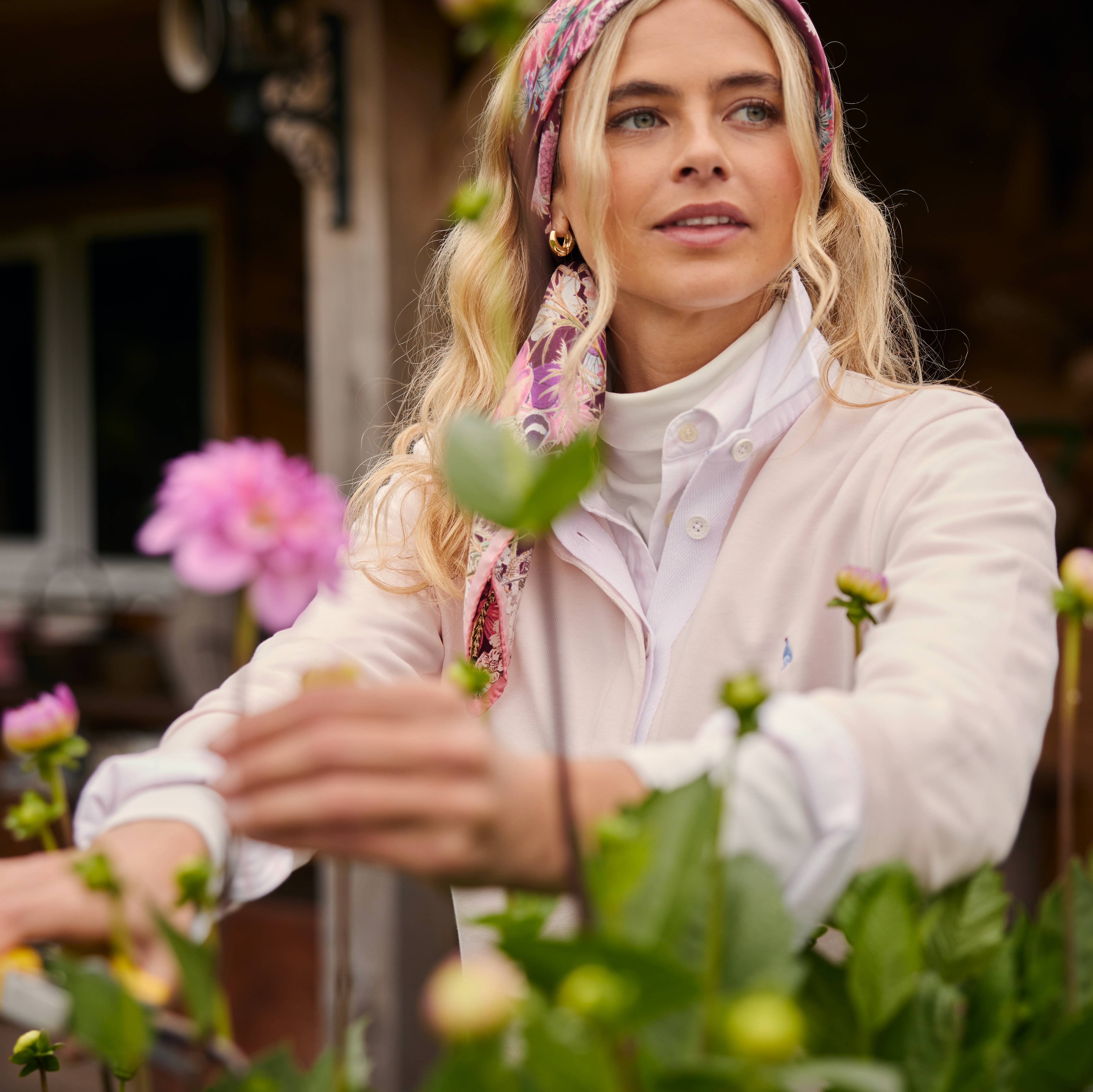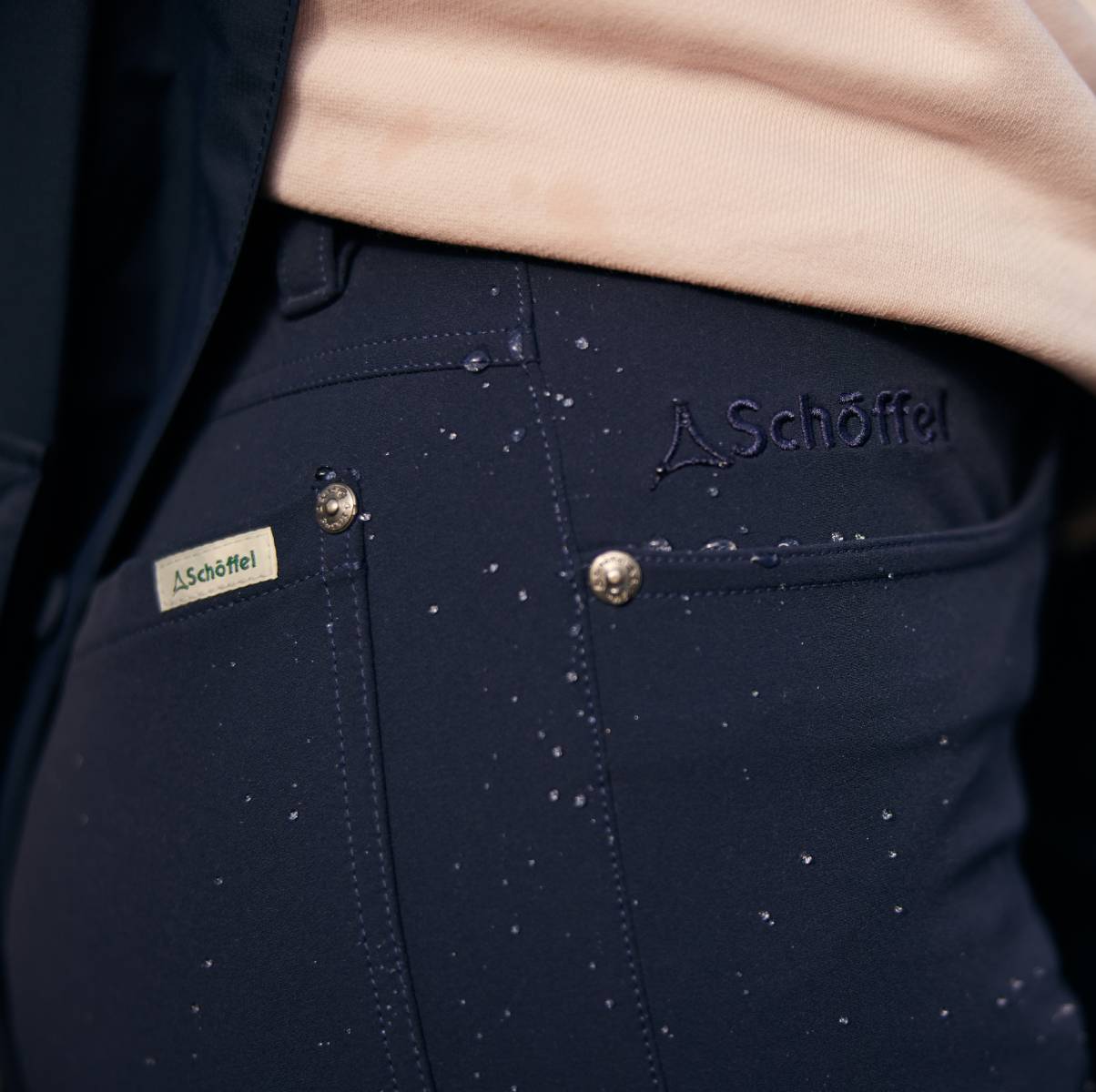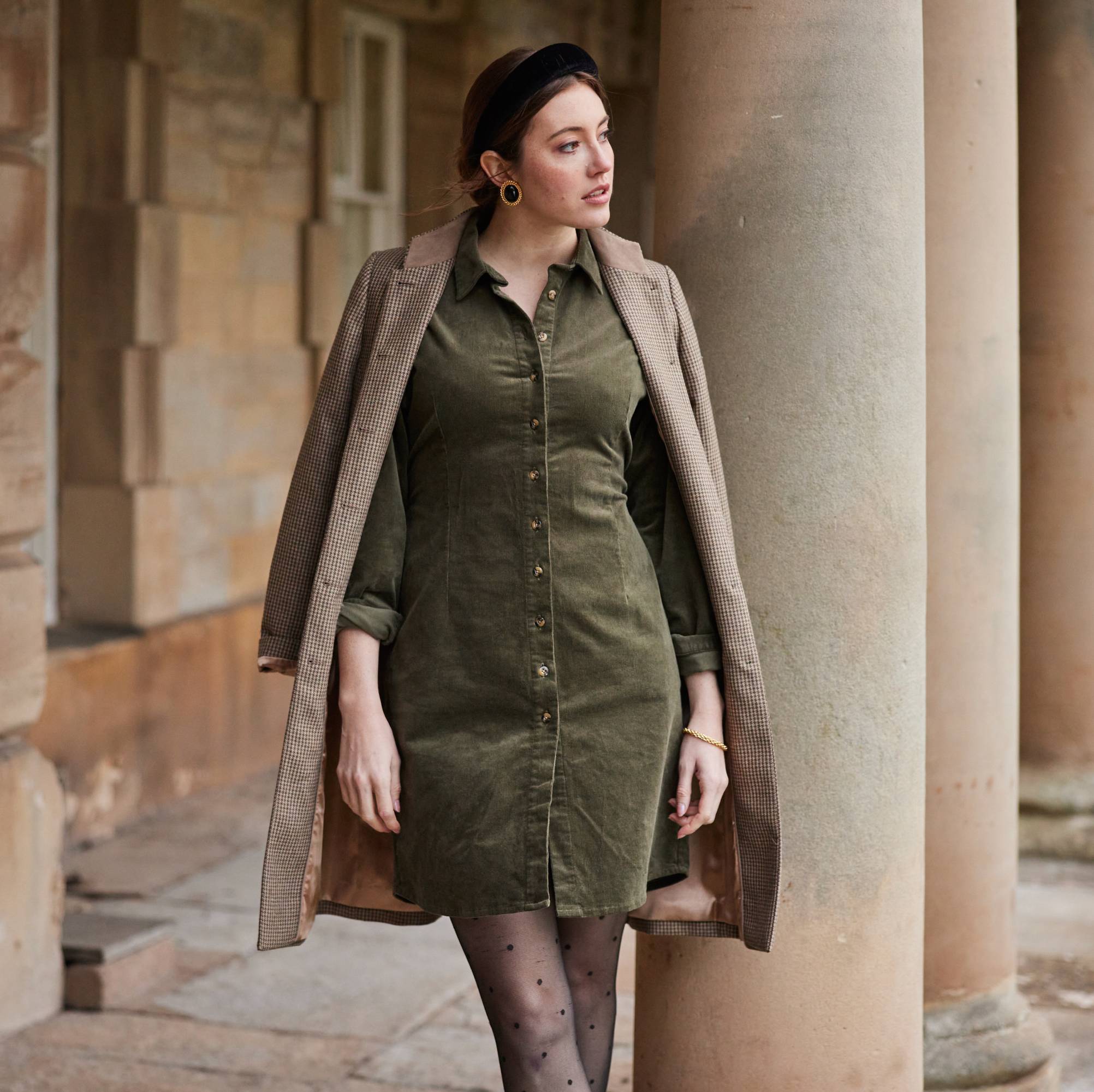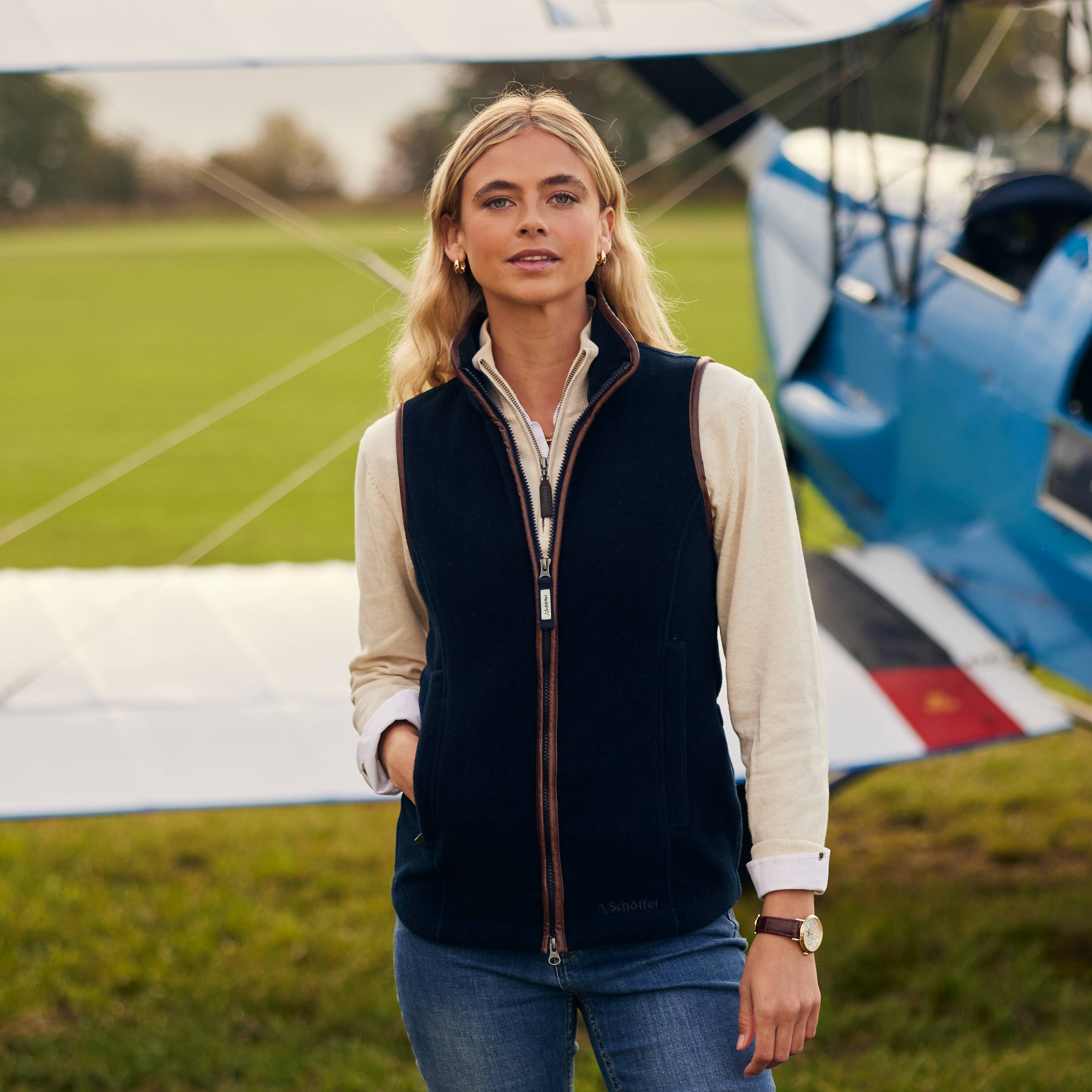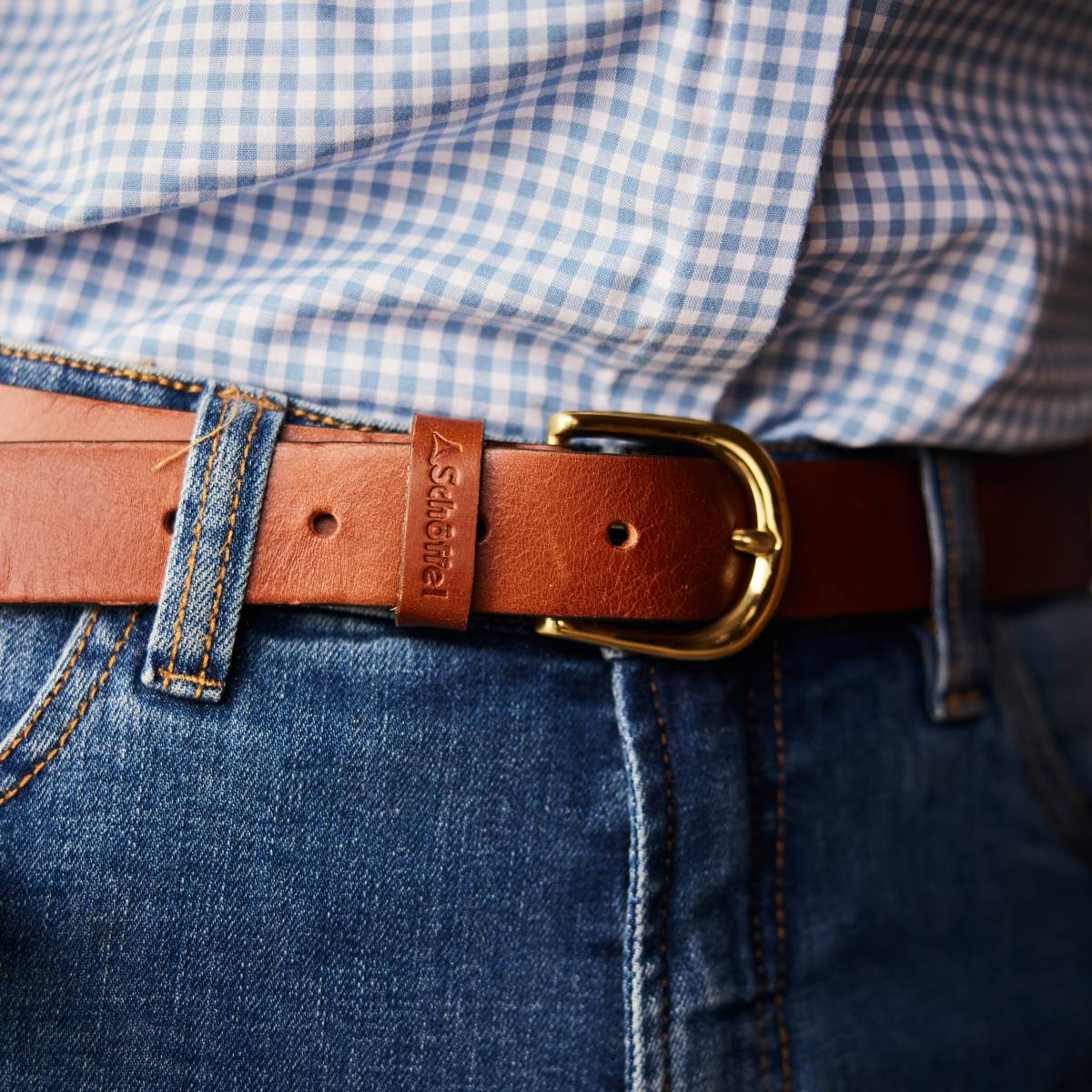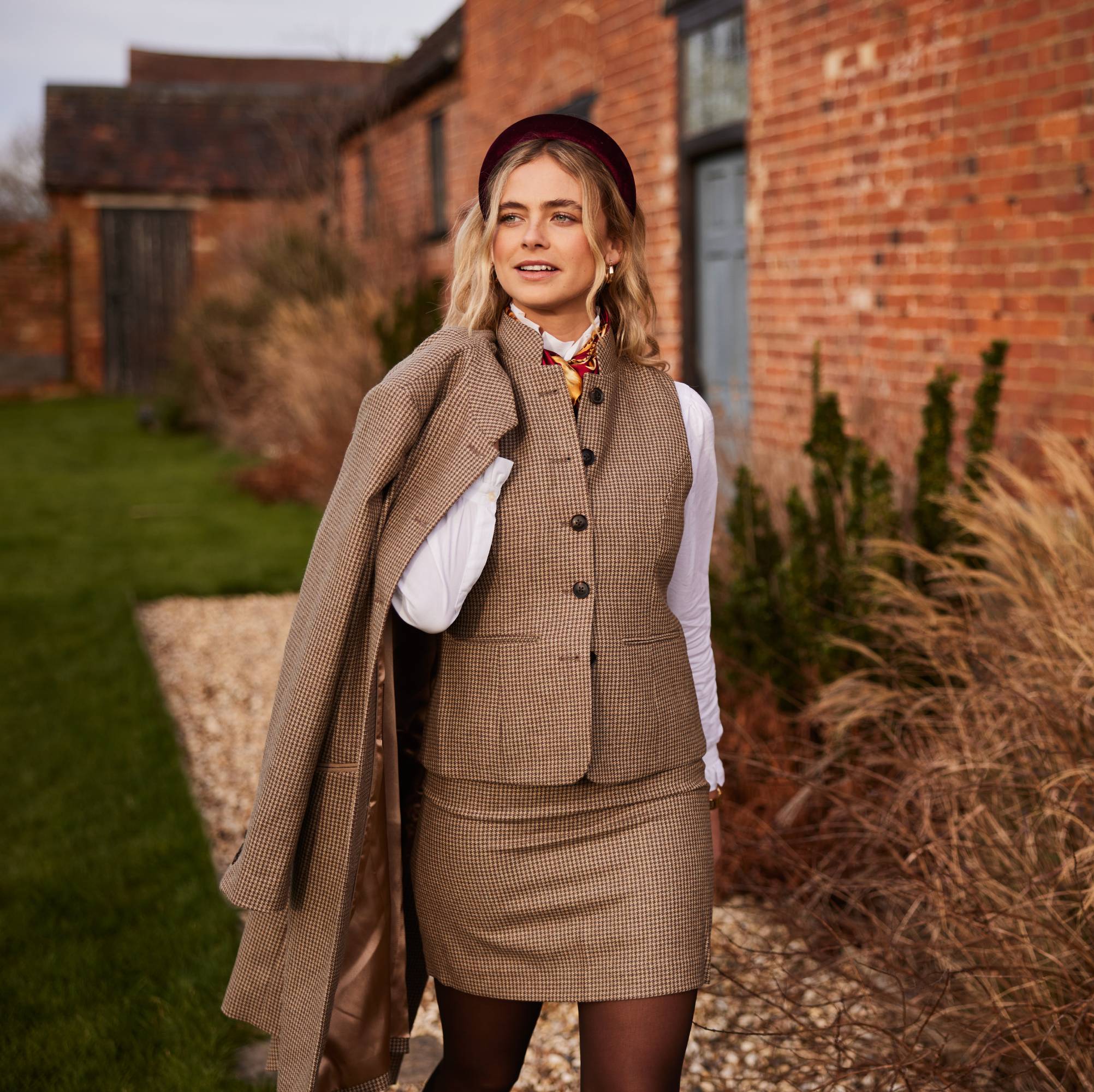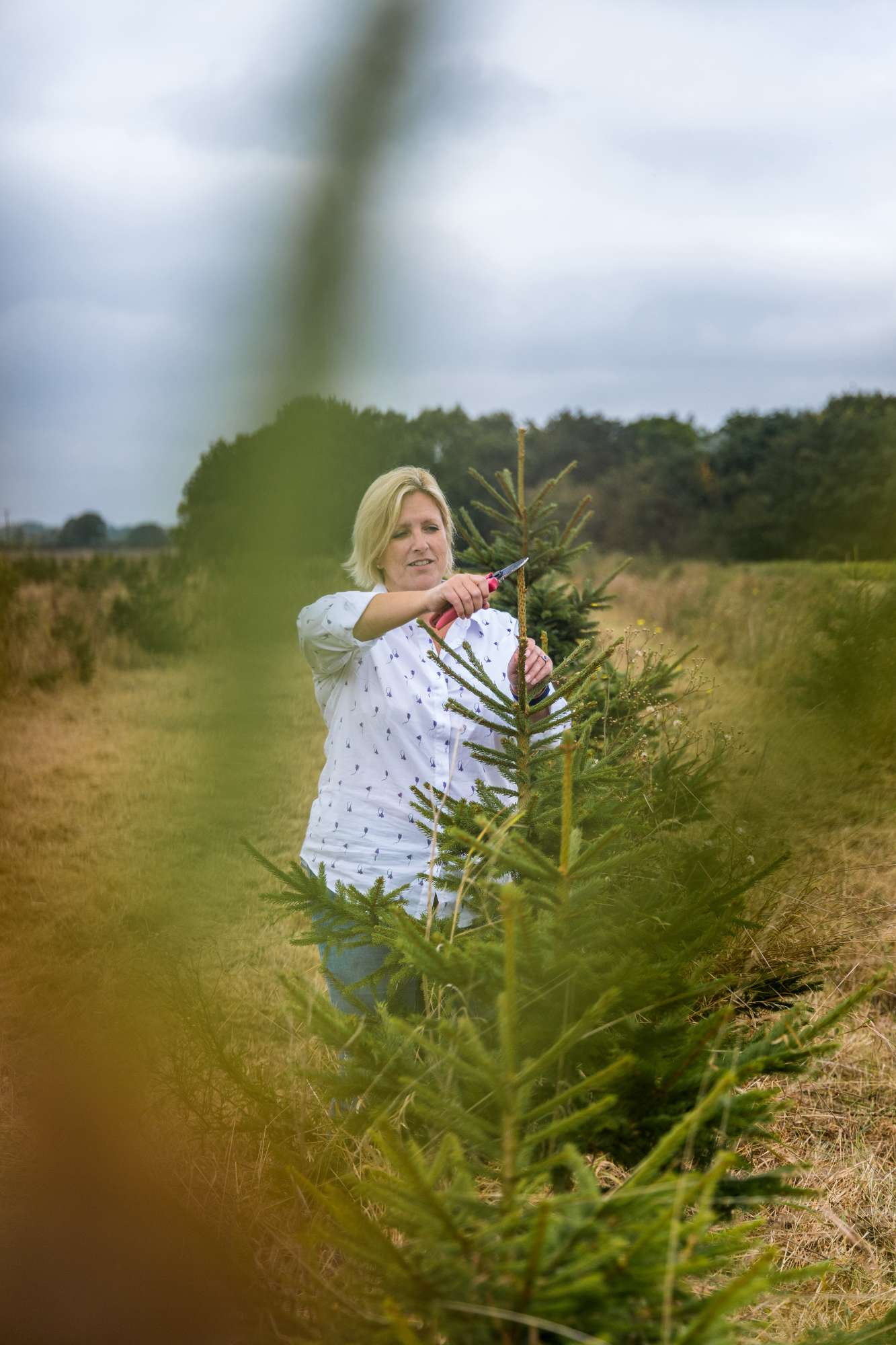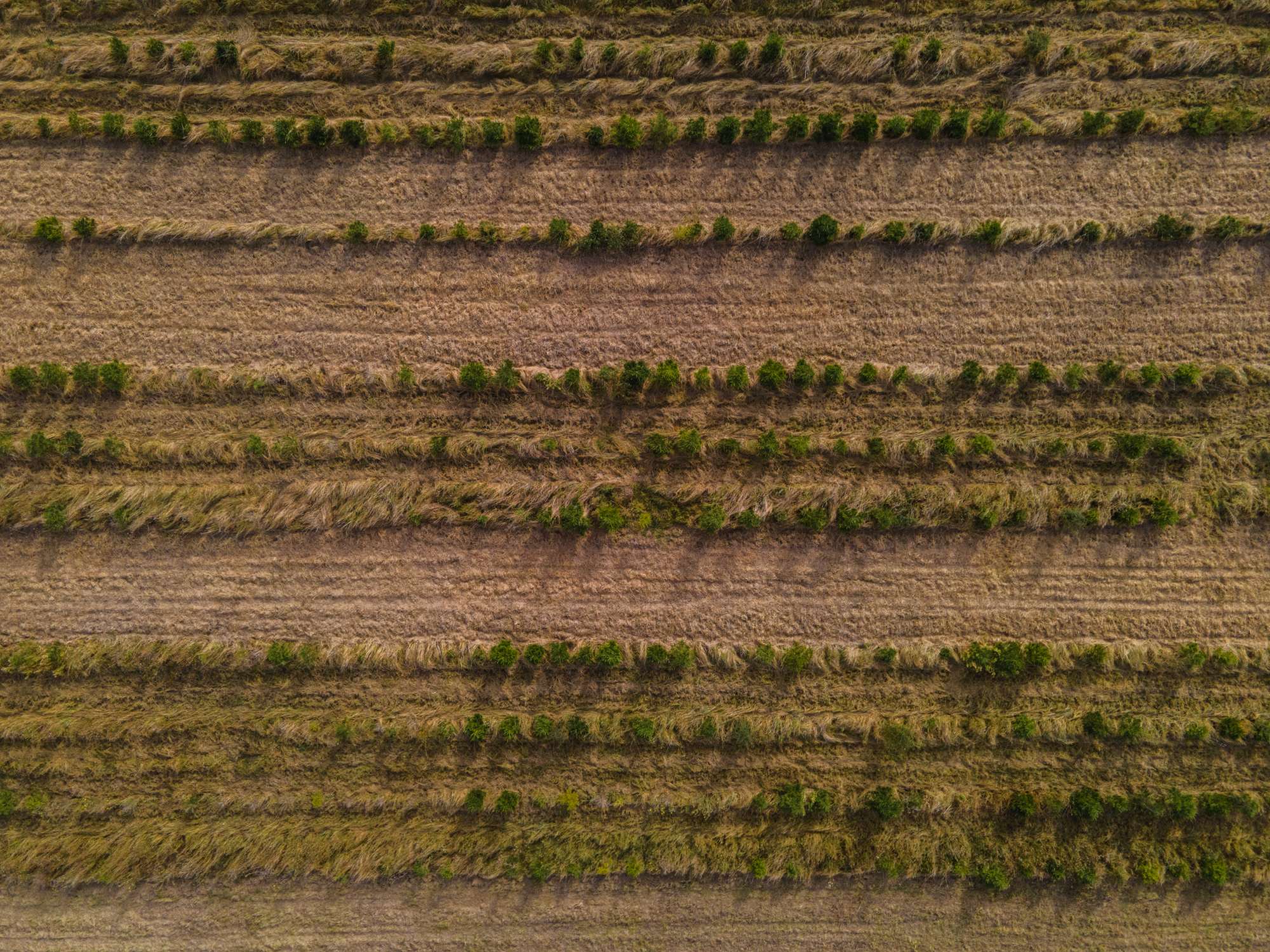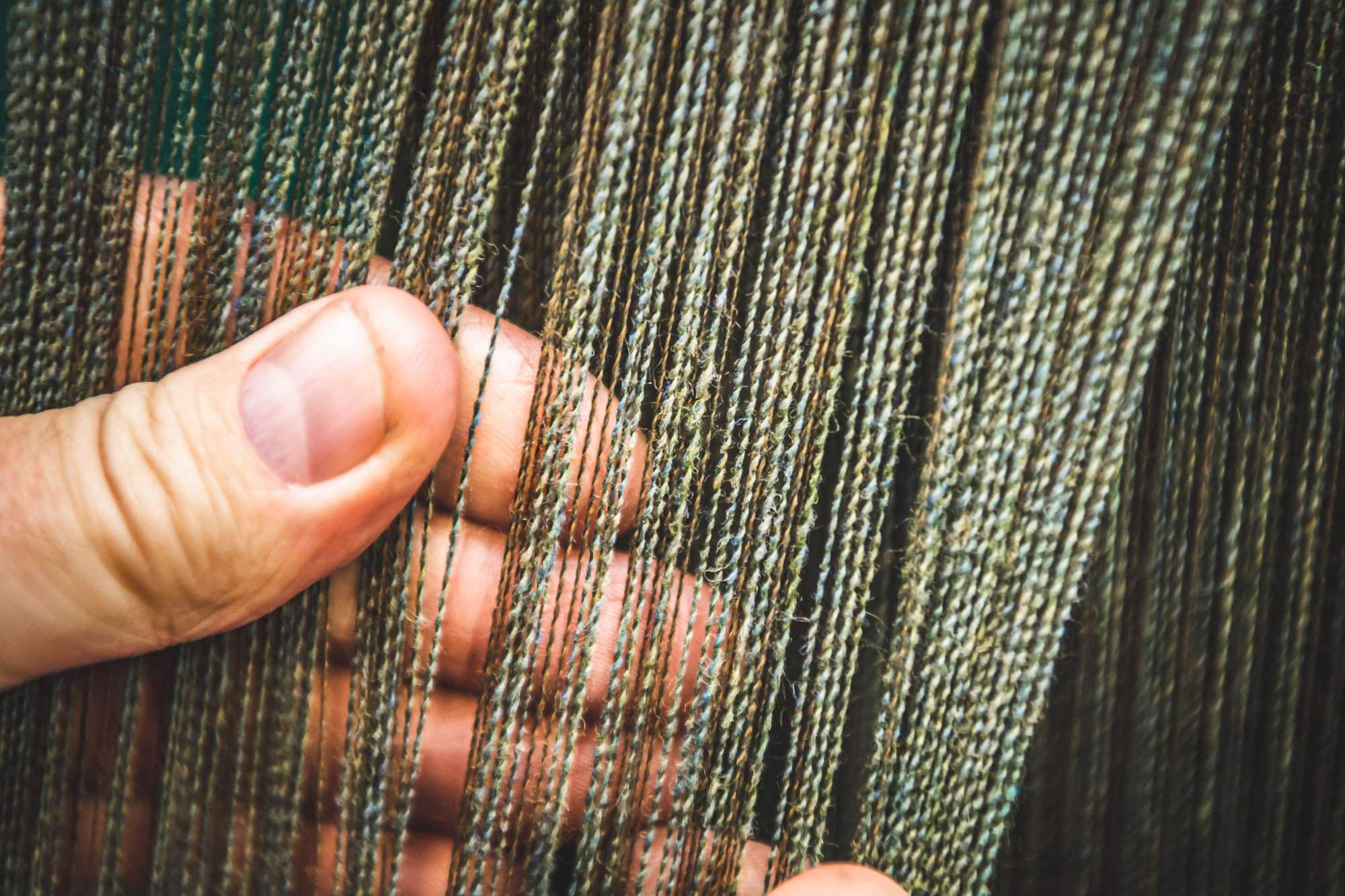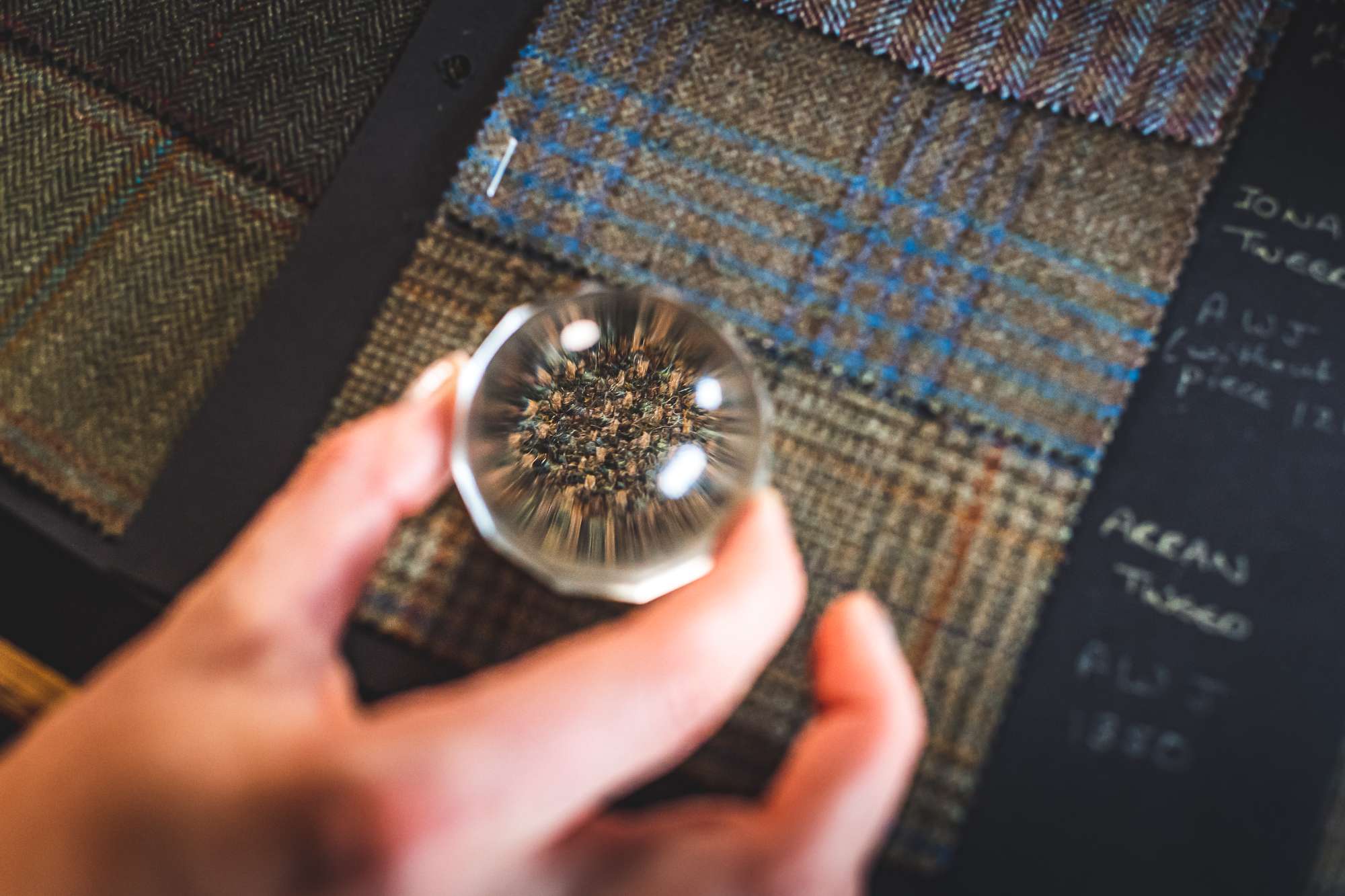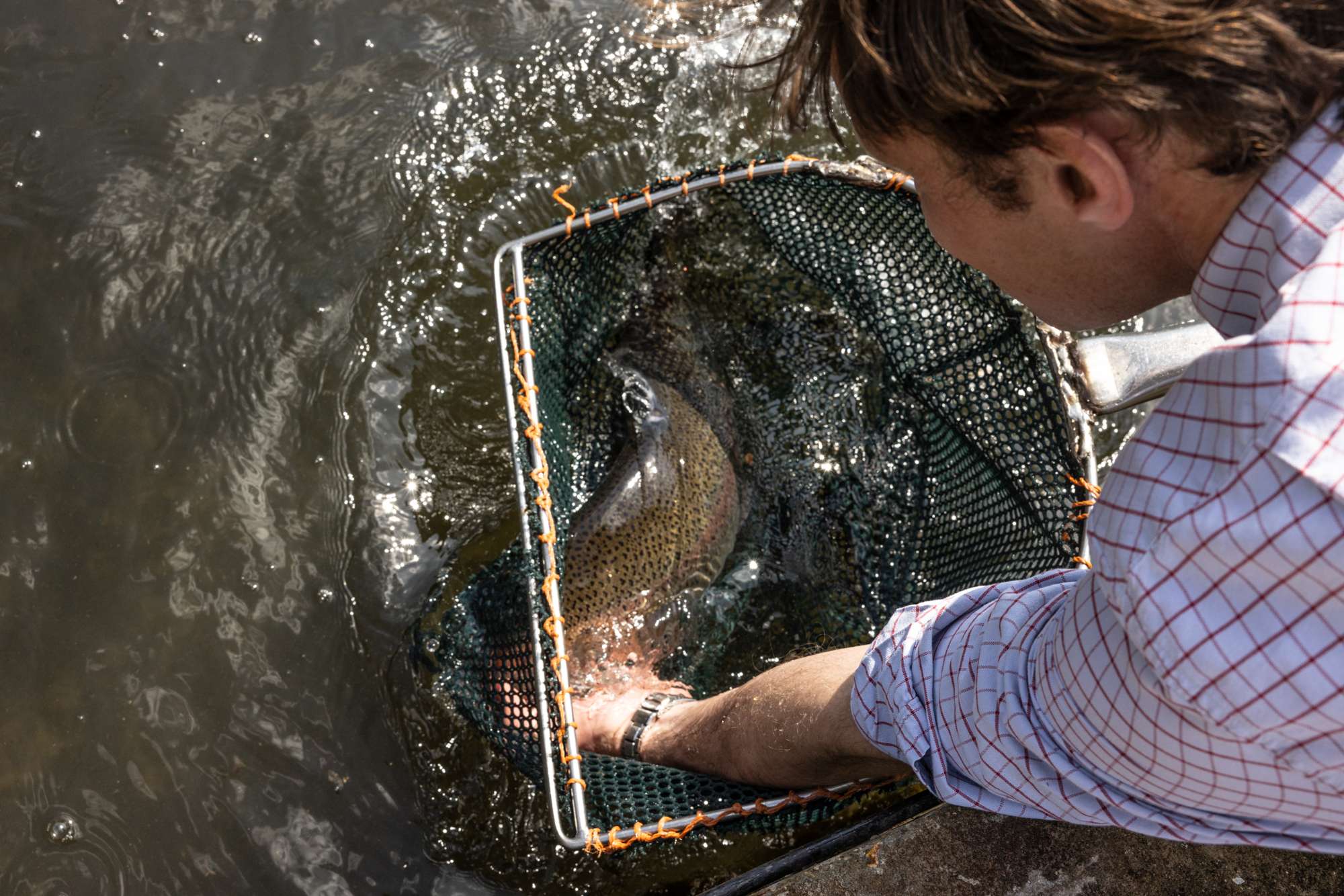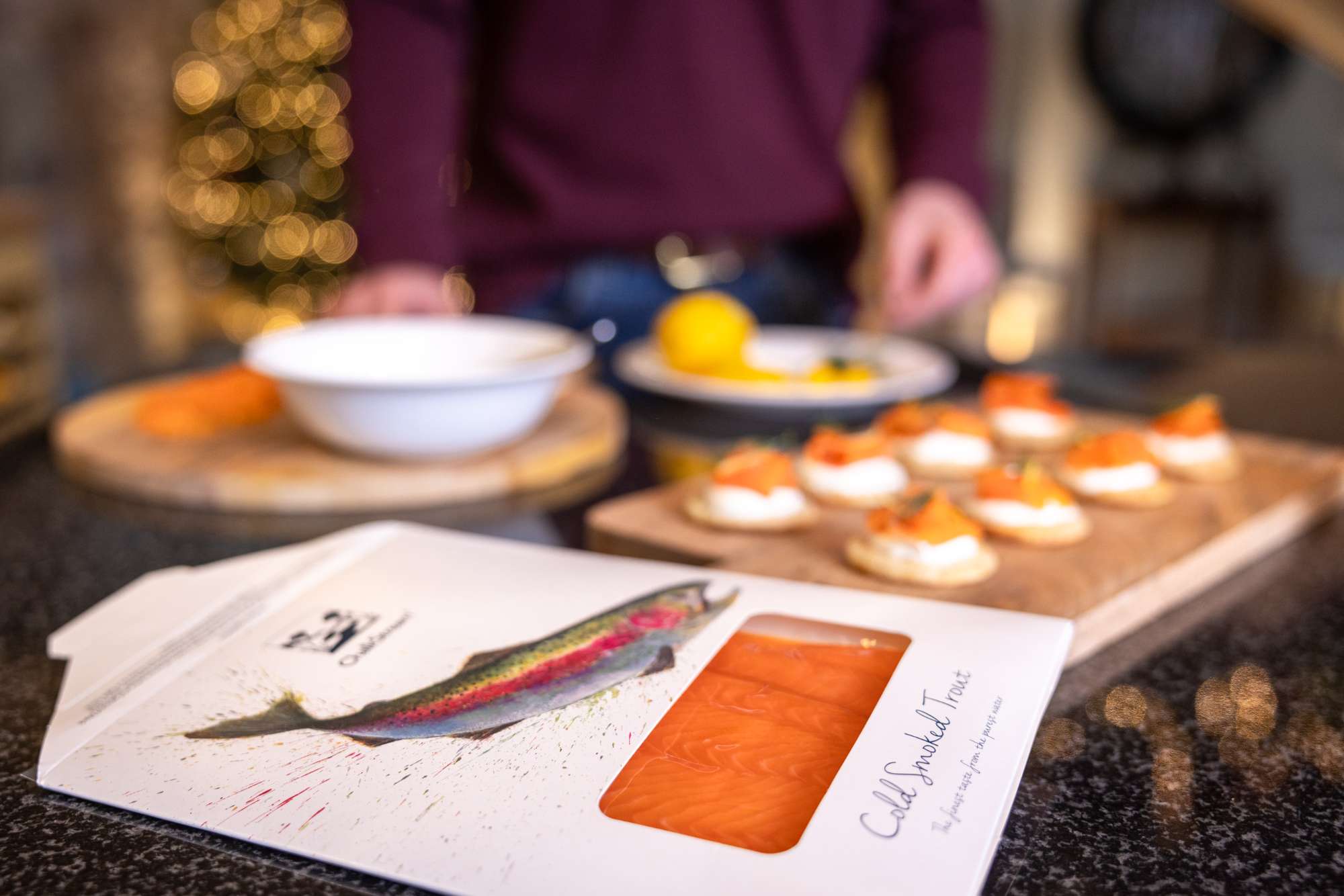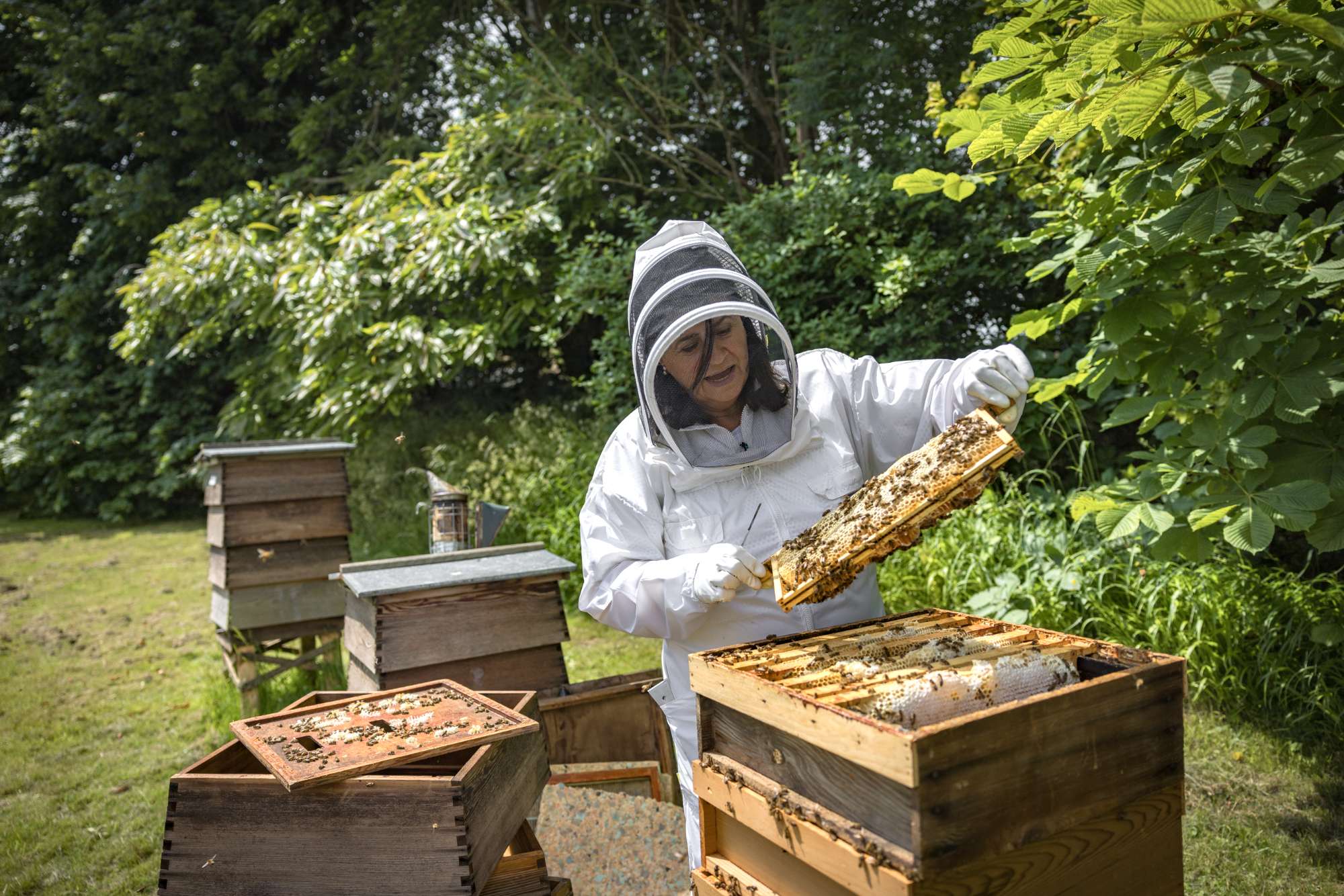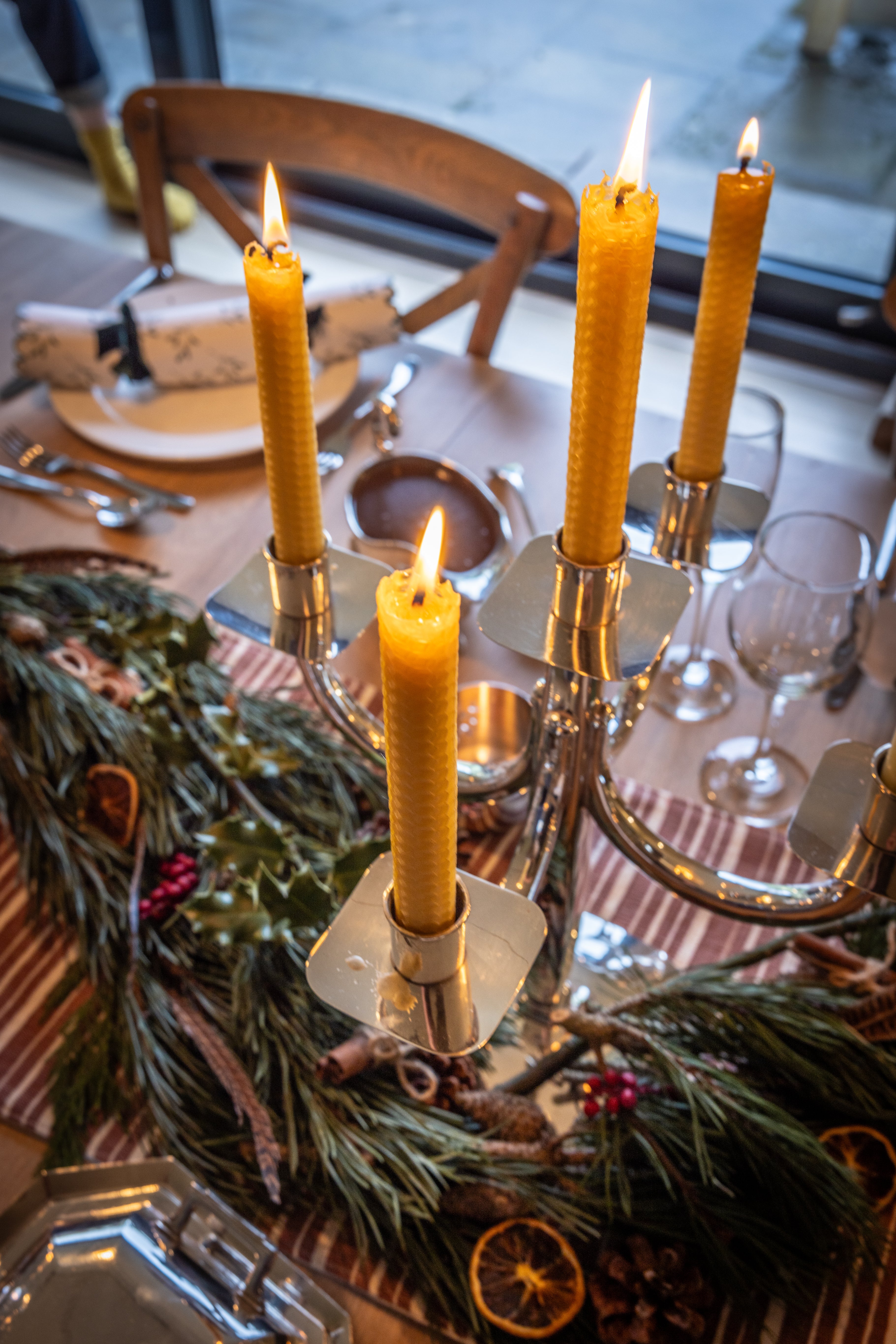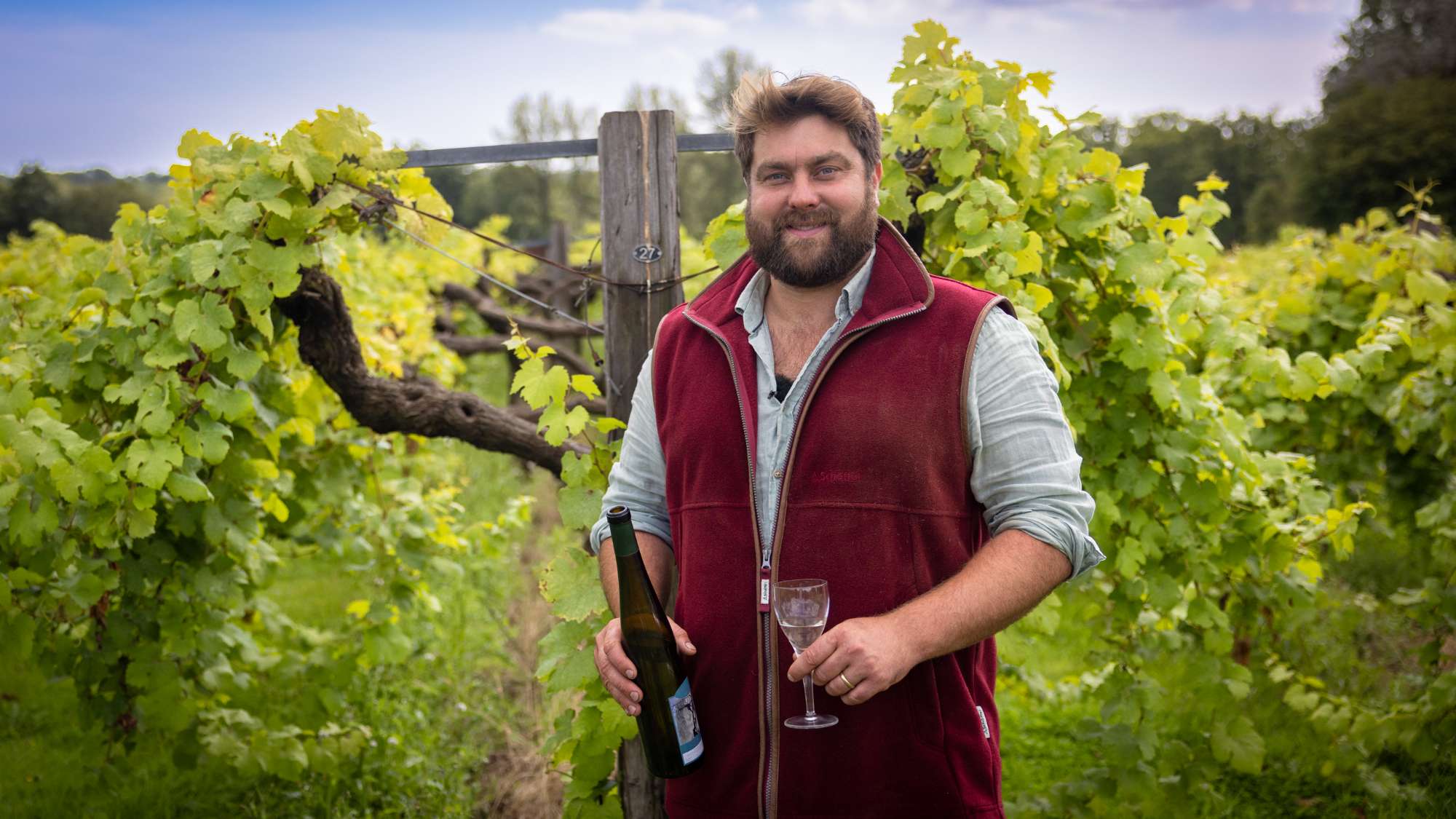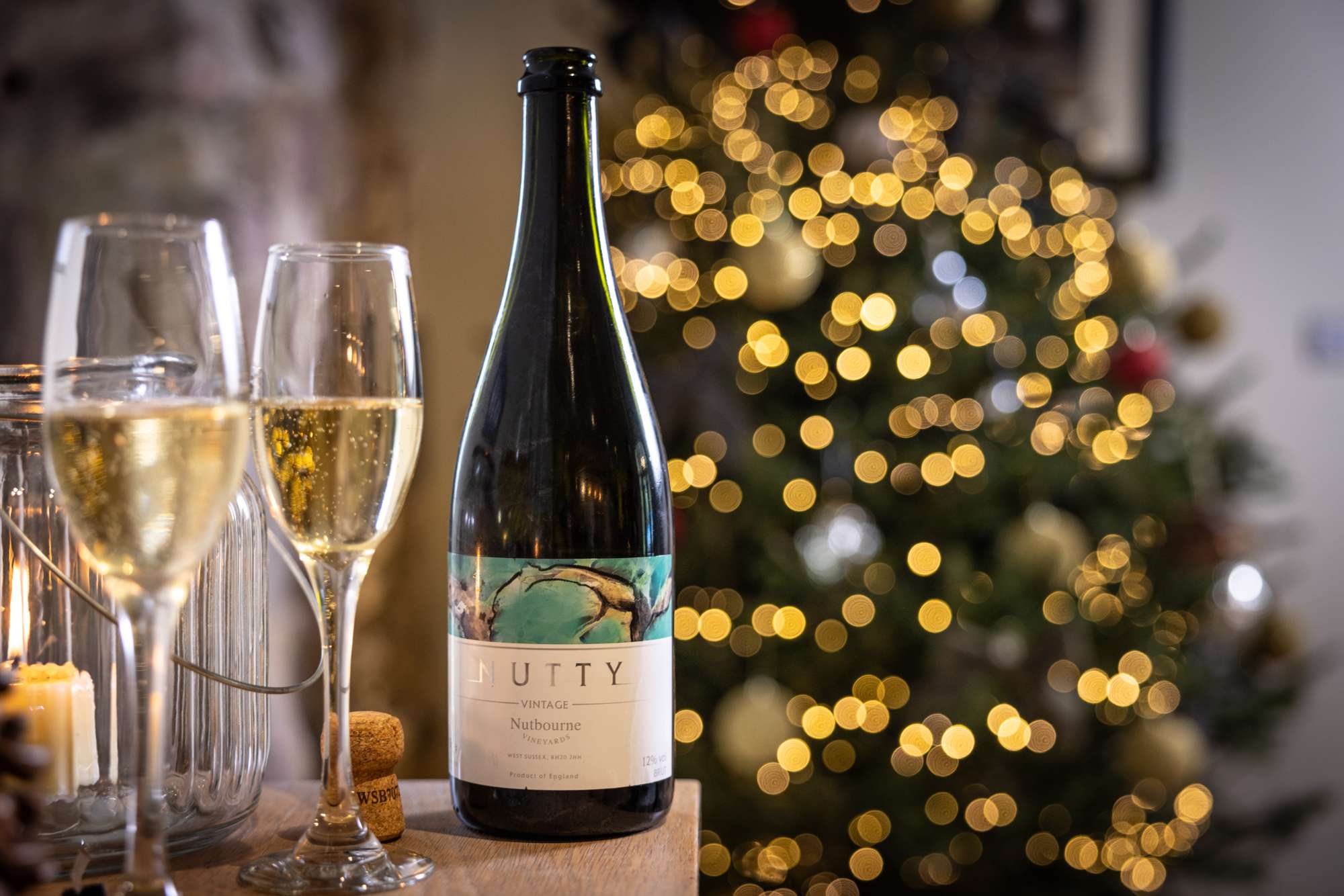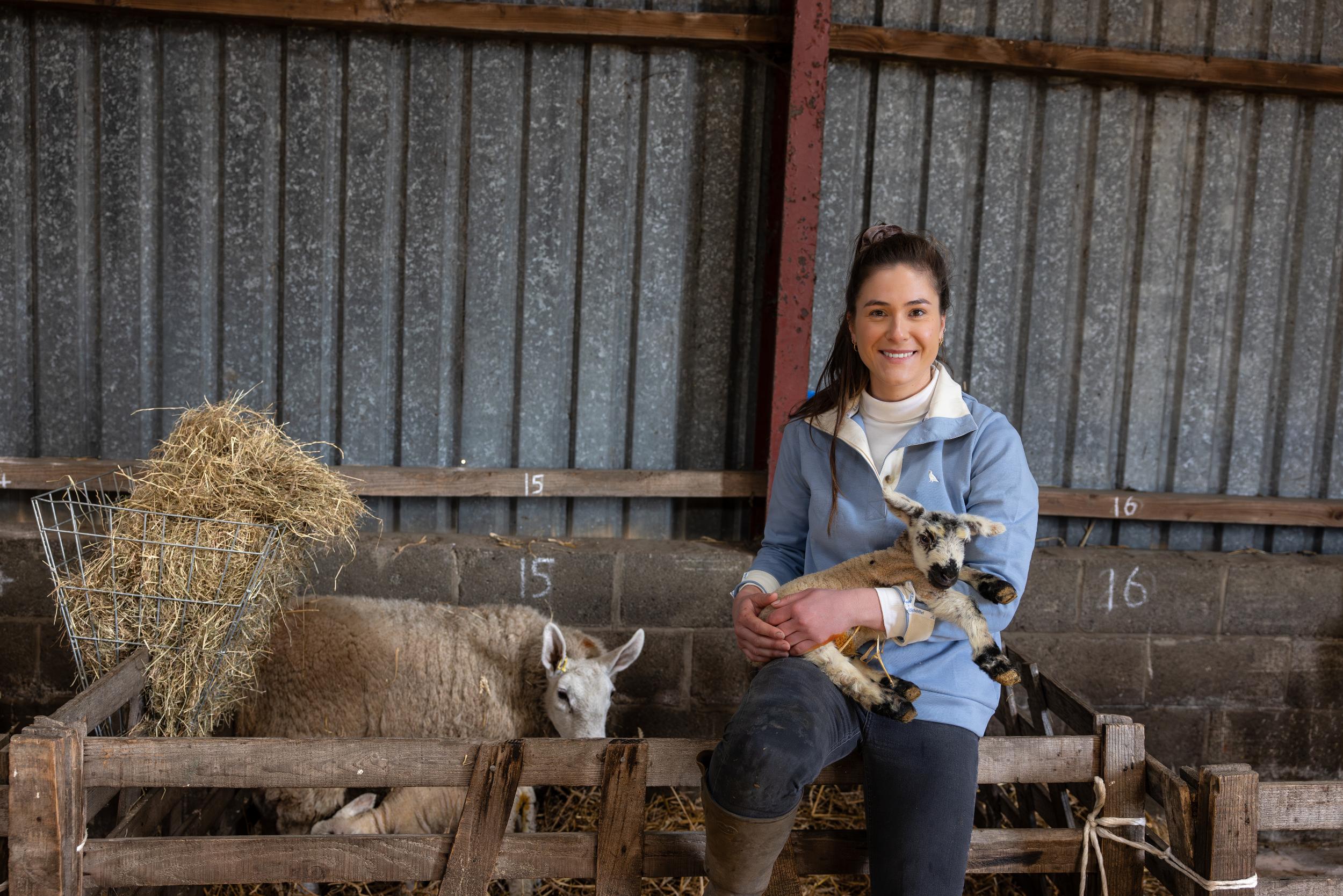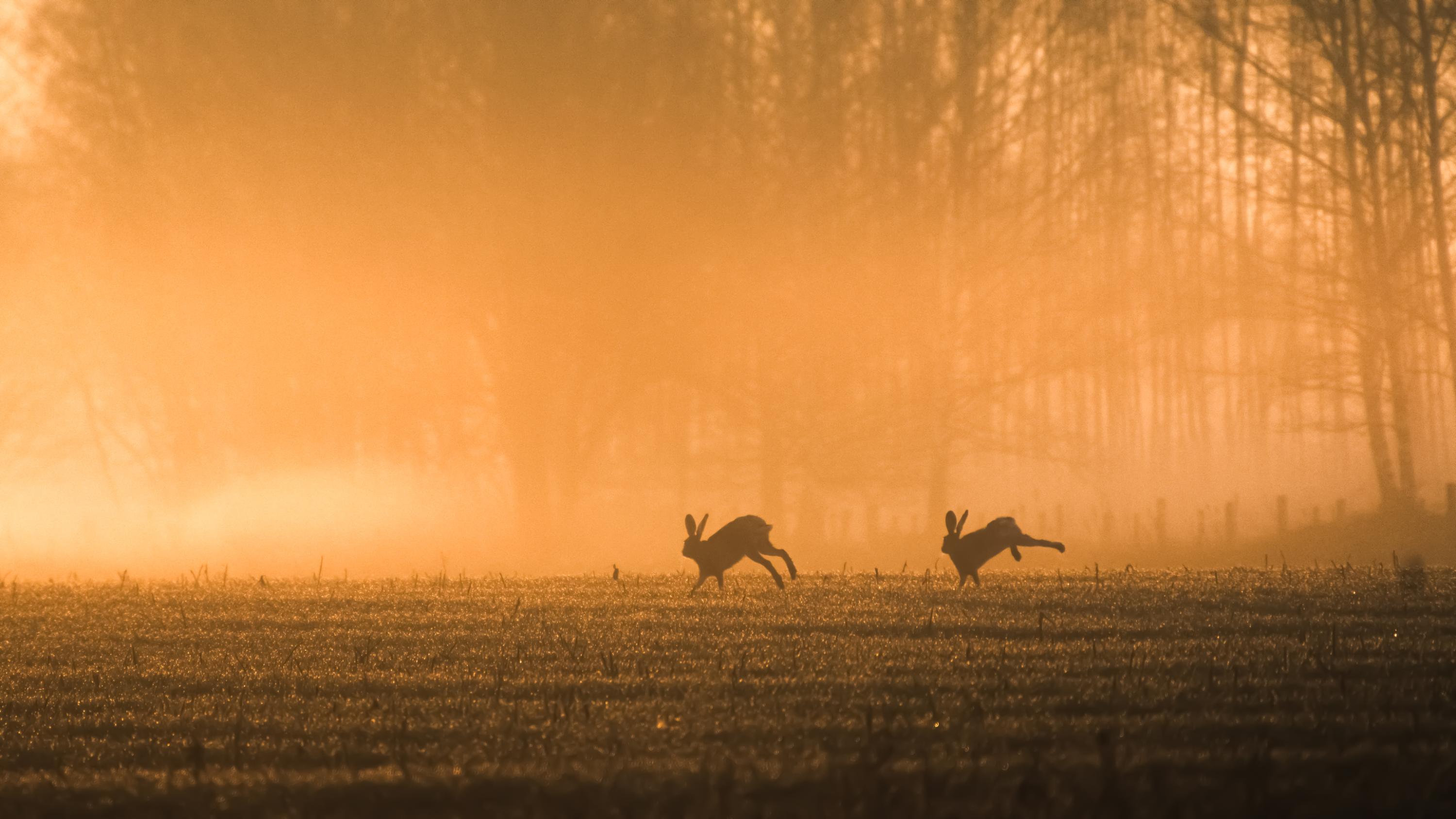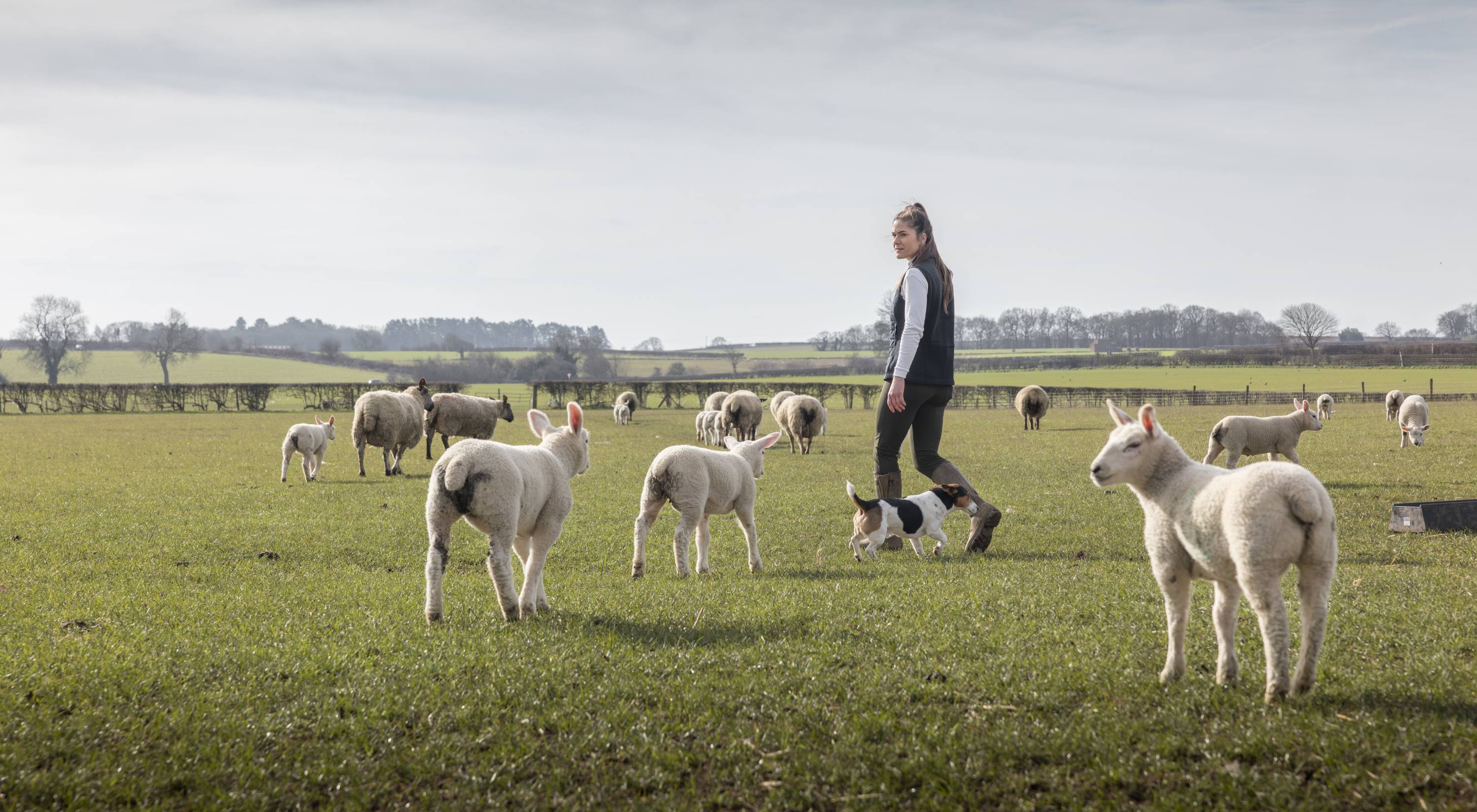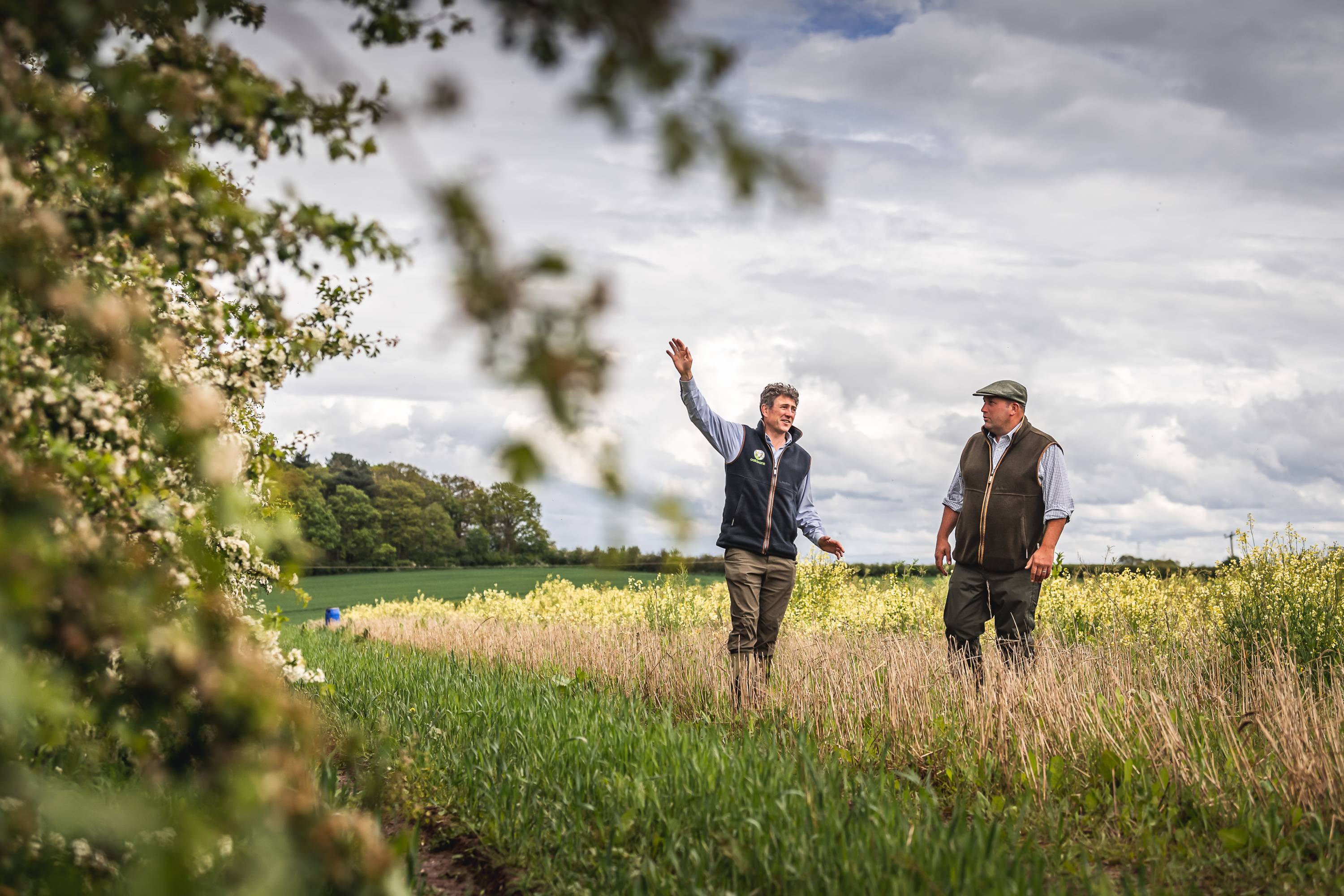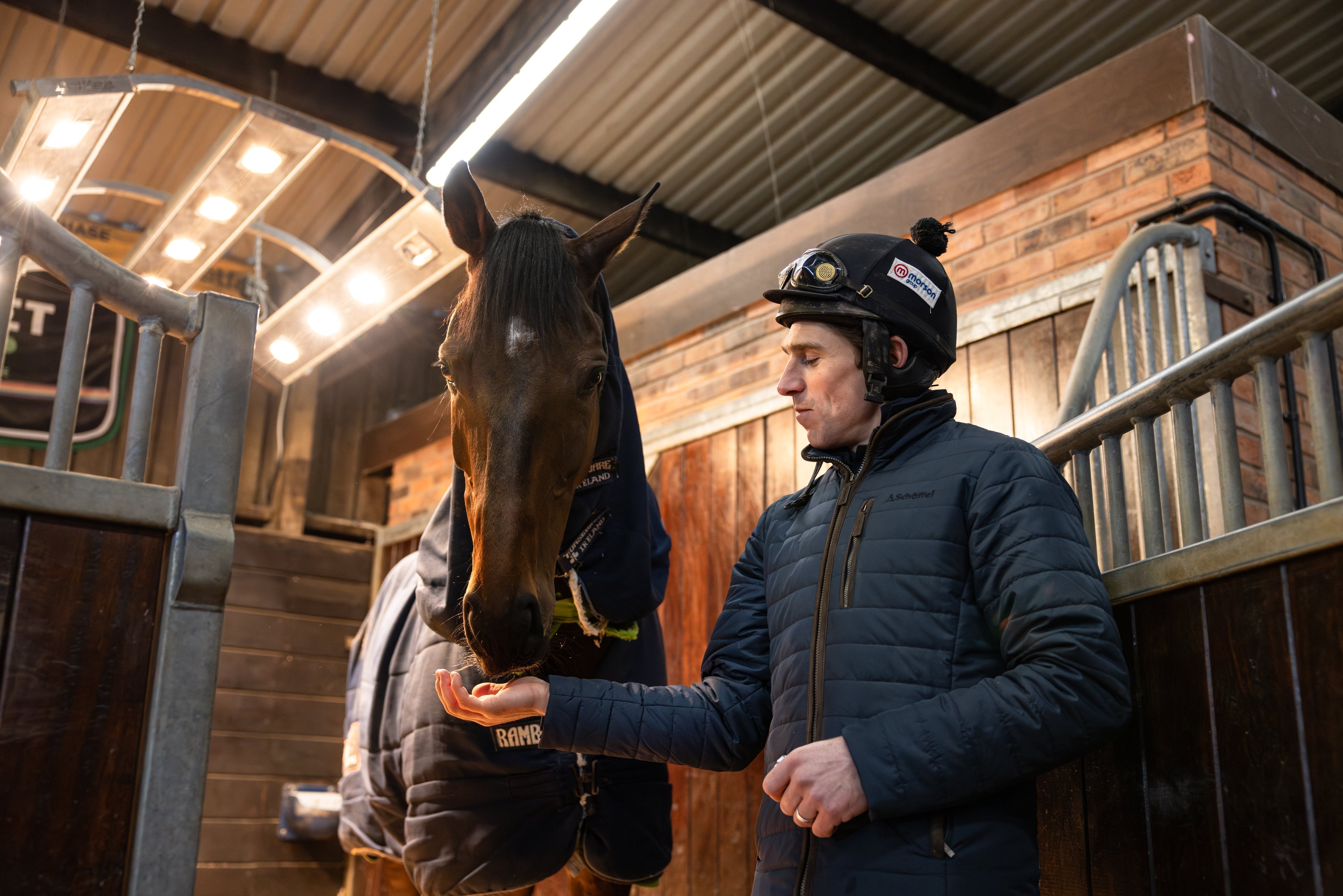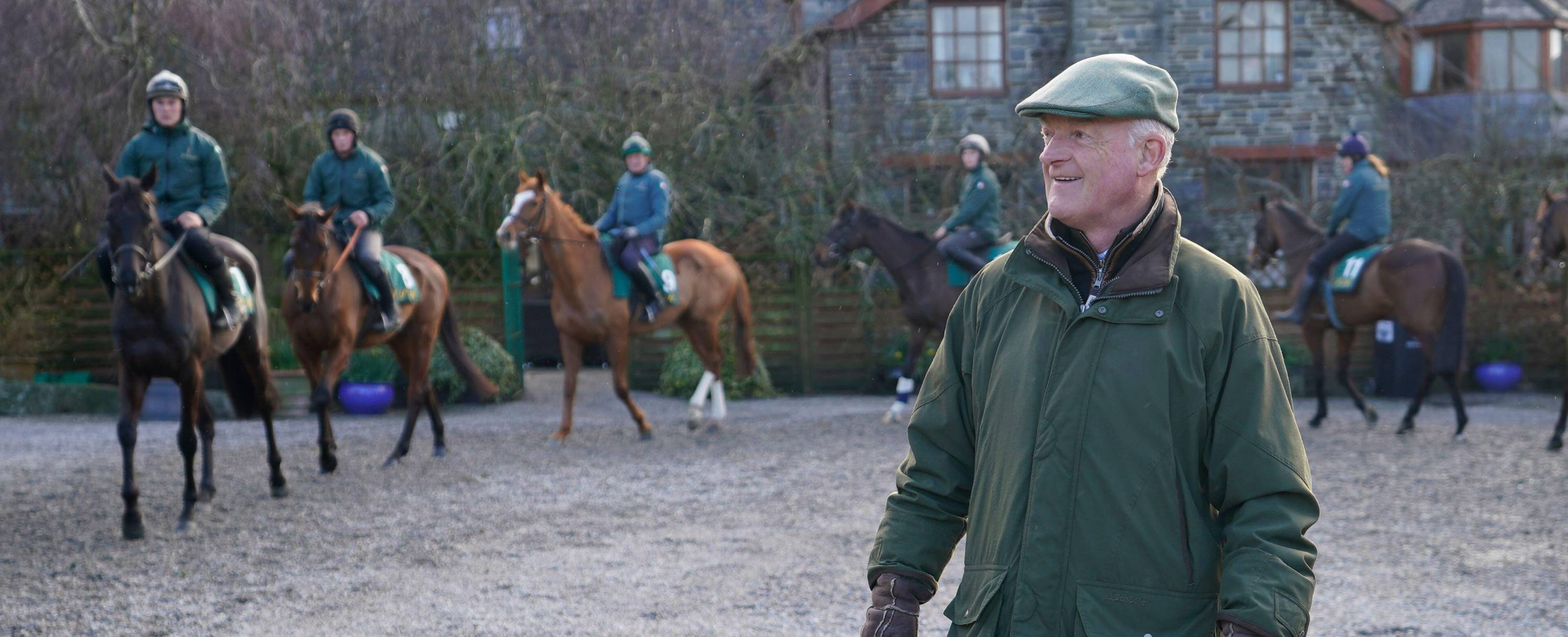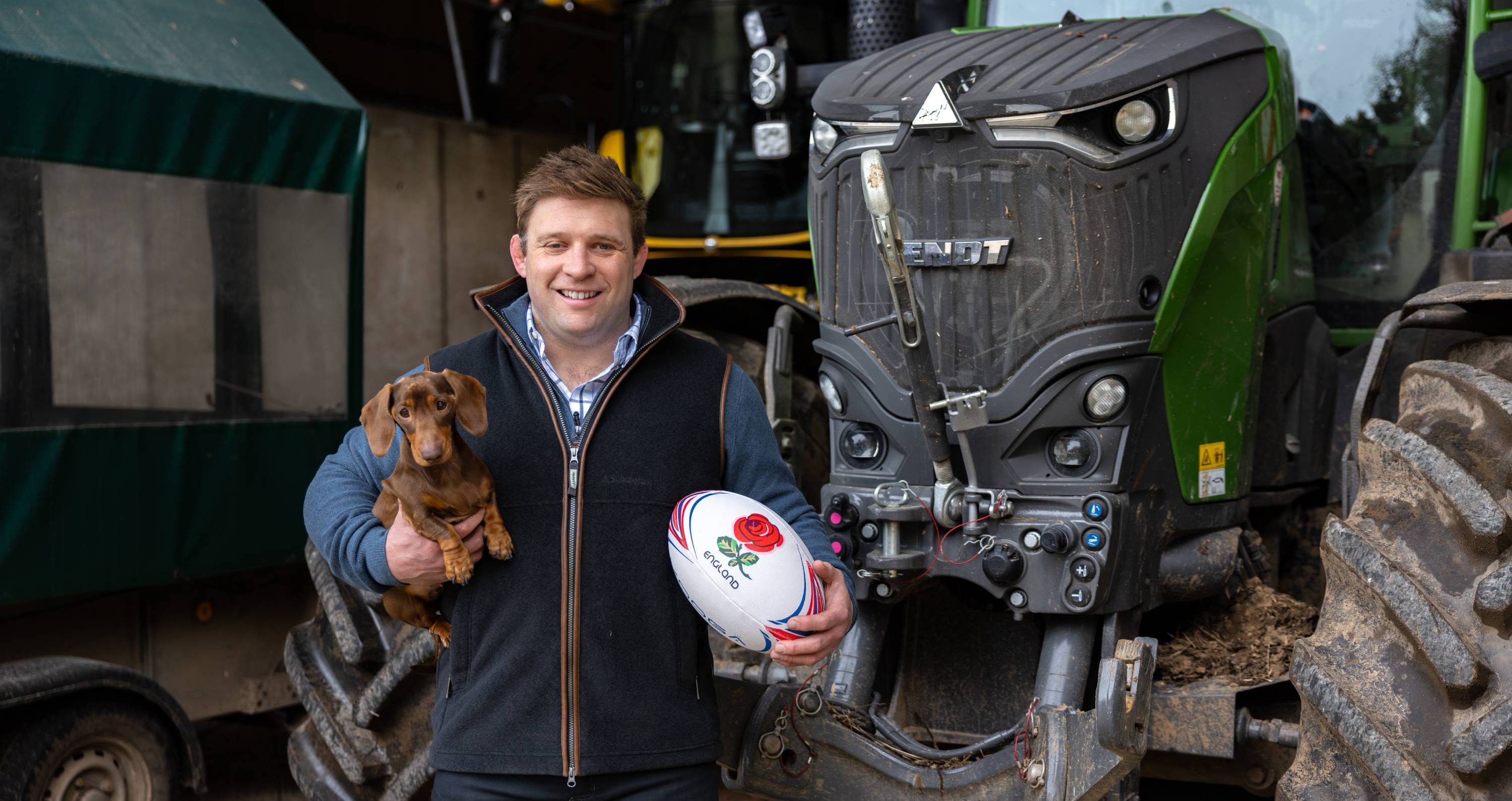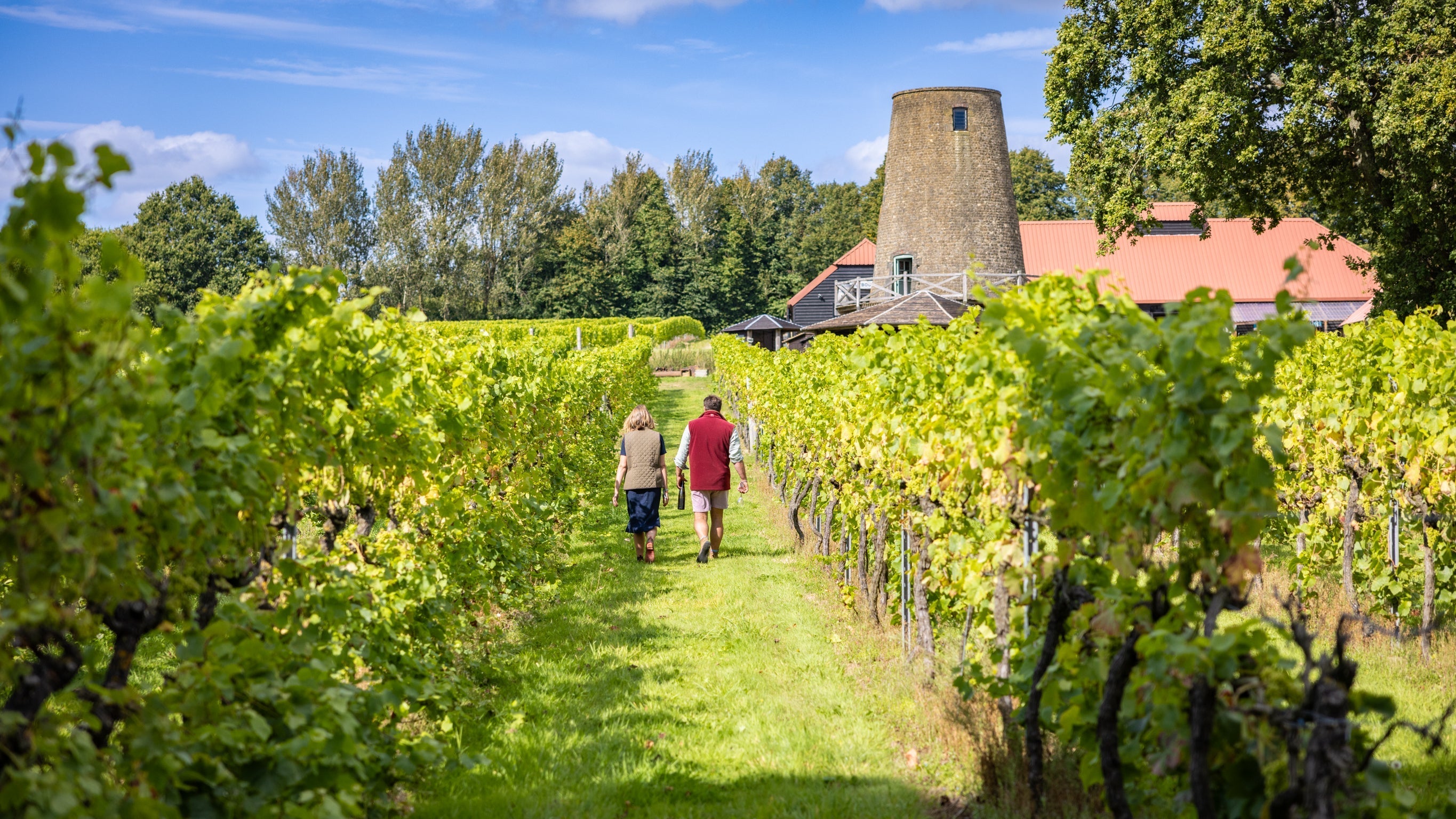
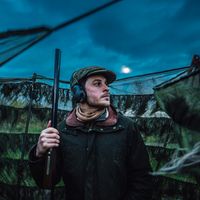
The businesses that feature in our Christmas campaign
This Christmas at Schöffel Country, we wanted to celebrate the businesses who work so hard to put food on our tables, trees in our homes, craft products from the finest natural materials, and keep our glasses topped up...
Christmas embodies the essence of togetherness. It’s a time to indulge, in quality moments with family and friends, food and drink, gifts and crafts, fun and frivolity.
Central to its magic, though, is community spirit, at the heart of which sit rural businesses that rely on the countryside – just as it relies on them.
In the final week of December, as the sense of same-page, tools-down respite grasps the nation, for those who have worked feverishly to put trees in our homes, food on our plates and crafted gifts on our shopping lists, it’s time to take stock. Christmas might be their mainstay. Without it, their enterprise might not exist. But without them, what would our Christmas be?
This year, we were eager to highlight a few sterling examples. So, who are they and what are they about?
Fotheringhay Christmas Trees – The Martin family
It’s becoming harder and harder to turn a profit from conventional agriculture - which is why more than half of Britain’s farms today are branching out with projects not strictly related to working the land, raising livestock and producing food.
For the Martin family – Bill, Jen and Tommy – at Walcot Lodge Farms in Northamptonshire, it was Christmas trees – and all quite accidental. “We started a little pheasant shoot on the farm around the same sort of time we stopped growing potatoes and sugar beet,” explained Bill. “By the yard we have a couple acres of rough, gravelly ground where we decided to plant a mix of Nordmann firs and Norway spruce as game cover. A few years later a friend asked if we might consider selling a few of them. It got us thinking.”
Before long the pheasants were looking for a new home and the last of the original trees that started out as saplings eight years previously had been bundled away to sit pretty in another hallway or bay window. “We’ve since planted more than 8,000 trees across six acres,” said Jen. “And while we wait for them to mature, we’re buying in freshly cut stock to order from local growers.”
Of course, it’s quite different to growing wheat, barley, oilseed rape and beans. The Christmas trees have brought a new dimension to the farming calendar that 12 years ago the family might never have envisaged. In the workshop, pruning shears hang alongside grease guns, and mowers sit beside Tommy’s new seed drill.
Since 2013, their first ‘proper’ year as Fotheringhay Christmas Trees, things have steadily evolved for the Martins. Every December, visitors can expect to find something a little different on offer as the farmyard becomes a ‘destination’ that, over the years, has become a key part of festivities for many local families come Christmastime. There are trees galore, a cavernous gift shop spanning several sheds, straw bales for children to sit on while they listen to a story… You name it.
Crucially, it’s also rustic and real. Farm machinery stands proudly on display and alludes to what keeps Bill, Jen and Tommy busy during the rest of the year. “We’re keen to avoid straying down the road of commercialism,” said Bill. “It’s important that people see us for what we are: a working farm.”
By all accounts, the greatest challenge of their quite literal ‘branching out' has been getting used to managing lots of visitors to the farm. According to Jen, the chance to meet people, particularly those from the local community, is also the most enjoyable aspect. “I love meeting people,” she smiled.
“And I love the fact there’s a defined end to it all…” joked Bill, “… unlike a harvest on the farm that can drag on for weeks or months longer than expected!”
Indeed, by the time the Martins are hanging their stockings by the hearth, the shop is shut, the yard is cleared of its temporary festive forest, and they are looking ahead to a new year of opportunities. Along the way, they may face unpredictable weather, fluctuating prices, rising costs and long hours. And yet, like so many of our valued farming families, you can bet they’ll take the rough in their stride and sometimes find a little smooth along the way.
The ‘home of tweed’ – Lovat Mill
Tweed and Christmas go together like turkey and cranberry sauce. Without tweed in our Christmas campaign, there would have been a glaring omission.
Often referred to as the ‘the home of tweed’, Lovat Mill in the Scottish Borders is world renowned for the design and quality of its traditional woven fabrics.
The Hawick-based business now exports roughly half of its products around the world, and in the UK supplies more than 180 private estates and military regiments. It also produces the tweed for the products in our tweed collection at Schöffel Country, as well as a variety of woven accessories that are available from Lovat Mill itself – think luxury scarves, lambswool blankets and throws.
Composed of thousands of individual threads, the tweed-making process is mind-blowingly complex and uses natural British wool. And yet, while the fundamental methods used to craft tweed haven’t changed a great deal, the team at Lovat Mill has remained on its toes and today combines innovation and technology with traditional craftsmanship to produce tweed of the finest quality.
They have even introduced water-repellent and stain-resistant finishes to their technical tweeds, and now produce tweeds that can be machine washed. They can even incorporate synthetic fibres to add stretch and/or improve durability. It all comes down to perfectly marrying tradition with innovation without losing the magic that comes from a traditional craft.
Considering key elements including weight, feel, aesthetics and performance was central to the development of the products that comprise the Schöffel Country tweed collection. The collection is, after all, now made up of an array of pieces for country life and the field.
“Wool is nature’s ultimate performance fabric,” said Lovat Mill managing director James Fleming. “It has a high level of natural water resistance and natural moisture wicking. It keeps you warm when it’s cold, and it keeps you cool when it’s hot. And, of course, it uses 100% wool, a truly biodegradable material.”
Lovat Mill is the sort of place one has to visit to truly understand. Only then can you appreciate the intricacy of the tweed-making process and, crucially, the passion, experience and knowledge the whole team brings to the table.
Fine fare – ChalkStream Foods
What do you look for when buying food for the festive season? Flavour? Provenance? Something a little different? For many of us, sustainability holds great weight, too.
Since the company was founded in 2014, the ‘s’ word has been key to the team at ChalkStream Foods in Hampshire, whose slow-grown rainbow trout are seen by an increasing number of people as a far healthier and more sustainable alternative to farmed salmon.
There’s no shying away from the fact that ChalkStream’s trout is farmed; rather, the focus is on how – and where – they are raised.
The farms that supply ChalkStream are built on the sites of old water mills on the River Test and River Itchen, where they are surrounded by the type of quintessential English countryside that is now synonymous with dry fly fishing.
Thanks to their location, they are able to ‘borrow’ water from the rivers which then flows through gravel-bottomed tanks, simulating the natural river environment, making the fish work against a current, and providing a far cleaner environment for the fish to live in. Through a series of filtration systems and settling channels, the water is then cleaned – and, importantly, tested – before being returned to the river further downstream in the same ‘Class A’ rated condition. The impact on the environment, therefore, is in stark contrast to that of open-net salmon farms – a fact acknowledged by the Marine Conservation Society, which actively promotes freshwater farmed rainbow trout as an alternative to farmed salmon.
It takes roughly two years for ChalkStream’s trout to reach the stage at which the mature fish are harvested, by which time they are in the region of 3kg in weight. And the carefully managed conditions the fish are grown in supposedly lead to a leaner and better-tasting end product.
Interestingly, through working with feed companies, the fish farms have been able to reduce the amount of marine-caught content in the diet of the fish by more than 60% in the past decade, to the point where the farms are net producers of fish; it takes 600kg of marine caught content to produce 1 tonne of ChalkStream trout – the way it should be.
Over the years, both the quality of ChalkStream’s products and the way in which they are produced have been recognised by a number of bodies and organisations. The Sustainable Restaurant Association, for example, advocates its products as one of the most sustainable fish options going for chefs. While the flavour of the products has been celebrated in the Great Taste Awards.
Whether it’s fresh fillets to share with friends, cold smoked trout to top canapes, cured gravadlax, fishcakes, or even pate, options vary for those who fancy giving ChalkStream’s fare a go for the first time. By all accounts, you’re unlikely to be disappointed.
Products from the hive – Made By The Beekeeper
Keeping bees is a pipe dream for many people – an activity that dovetails nicely with the idea of a slower way of life in the country. But, as Rebecca Beveridge proves, there are levels to quite how busy it may keep you.
Rebecca started out in 2012 with two colonies in antique WBC-style hives. “The lovely sort a child would draw if tasked with drawing beehives,” she described when we visited her earlier this year. She now has 30 colonies across several apiaries in various locations. Her business, Made By The Beekeeper, turns natural materials from the hive – wax, honey, pollen and propolis – into a wide range of award-winning products, from balms, oils and candles to soaps, mead, fudge and furniture polish.
Rebecca places great emphasis on gentle, sustainable and organic bee management, which means she’s always careful to take only what the bees can do without – a sustainable surplus, if you like. The productivity of her hives is not as important as their health, though the two tend to go hand in hand.
There’s a great deal of focus on keeping everything as local as possible, too. You want to know where your bees are coming from – and if they’re local they’ll be better adapted to the environment, the forage and the climate which, of course, differ across the country she explained.
When we visited Rebecca in late summer, we were lucky enough to be shown inside a couple of the hives and to learn about the roles of different bees. There are the drones (males), the workers (females), and the egg-laying queen. The workers roles vary – some collect water, while other collect pollen or nectar. There are bees on mortuary duty, removing dead bodies from the hive, keeping it clean, and yet more on guard duty to unsure unwanted visitors do not enter. Fascinating stuff!
As for the goods from the hive, the honey can vary in taste, texture and smell. It’s an area Rebecca has invested a great deal of time in learning more about, having trained with the honey connoisseurs of Bologna in Italy. “Most people think just of honey when they see hives,” she reminded us. “But the fresh wax is a wonderful commodity in its own right.”
So, why not give some slow-burning beeswax candles a go this year? Or perhaps some mead? Or even just some single-hive honey? They might be produced in warmer, sunnier months, but they’re made for Christmastime...
English wine – Nutbourne Vineyards
English wine isn’t a new phenomenon; as wine writer Georgie Fenn explains in the blog piece she wrote for Schöffel Country earlier this year, records actually go back to the Domesday Book which refers to over 42 vineyards in southern England at the end of the 11th century.
Today there are 1,130 vineyards in the UK and over 200 wineries (not every vineyard has its own winery) with almost 10,500 acres under vine in total.
Nutbourne Vineyards, which sits just north of the South Downs in West Sussex, was planted in 1979. The Gladwin family then took it on in 1991. “We have 26 acres under vine,” explained Gregory Gladwin as he gave us a tour of the place in early autumn.
“We use three types of trellis system here, and grow nine grape varieties.”
It’s still very much a family affair at Nutbourne, but what really makes it stand out is that every part of the winemaking process – from the pressing to the fermenting and bottling to disgorging – is carried out on site. There aren’t many English vineyards that can say the same.
We were still a few weeks away from harvest at the time of our visit. “We’ve now reached what is called the veraison stage,” said Gregory. “We’ve just done our leaf picking to clear the fruiting zone, allow more light to the grapes and help them to ripen ready for picking in October.” We walked and talked and he showed us some of the original vines that have been at Nutbourne for 45 years now, also pointing out the adjacent nectar and pollen mixes, and the cover crops, planted between the rows of vines, that help to improve soil health thanks to species like mustard. “Biodiversity is hugely important, and here at Nutbourne we make real efforts to improve it,” he said.
On the subject of yields, Gregory went on to tell us, you should be expecting around 4 tonnes of grapes per acre in an English vineyard. “But we choose to go for a bit less than that to get some really ripe delicious grapes, to make the best quality wine.
“One tonne of grapes produces around 850 bottles of wine. And at Nutbourne we try to produce 40-60,000 bottles a year depending on how well our flowering and fruit set goes, and whether we’re green harvesting or whether we’re letting the crop run its course.”
As a place to visit, Nutbourne has a great deal going for it, and in a few paragraphs it’s impossible to capture the bigger-picture ethos the Gladwin family nurture there (you could, however, always watch the video we produced...). Almost as easy is to buy a few bottles and taste what they’re all about. Our recommendation? It has to be the Nutty Vintage Brut 2018 – a classic sparkling wine made with pinot noir, Chardonnay and pino blanc – the very fizz that featured in our 2024 Christmas film...
